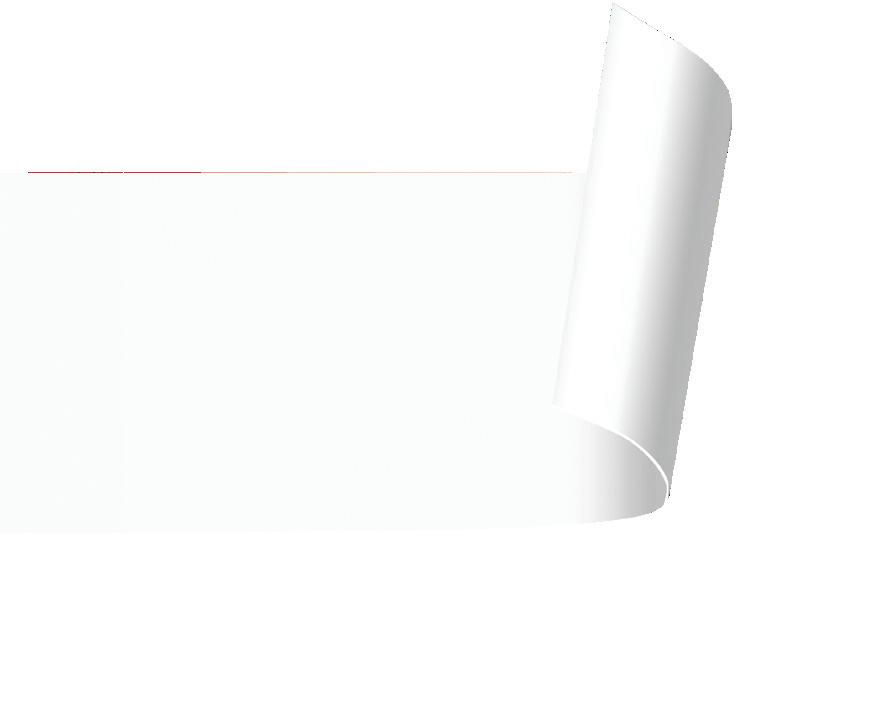THE SCIENCE OF WIPES PACKAGING DESIGN WIN PAPER BAG INNOVATIONS WORKING TOOLS THAT WORK


THE RESILIENCE OF SUPPLY CHAINS
The procurement advantage: building resilient, ethical and data-driven supply chains across B2B and aged care sectors.

THE SCIENCE OF WIPES PACKAGING DESIGN WIN PAPER BAG INNOVATIONS WORKING TOOLS THAT WORK


THE RESILIENCE OF SUPPLY CHAINS
The procurement advantage: building resilient, ethical and data-driven supply chains across B2B and aged care sectors.
Bolton Clarke’s Margaret Reid champions people, planning and partnerships in a sector where every detail to leadership matters.

As the weather cools down and customers across Australia and New Zealand settle in for winter, it’s the perfect time for businesses to transition to sleeker and more sustainable takeaway packaging. From stylish kraft containers (pg 7) to paper carry bags (pg 22), we investigate why using renewable materials is a simple way to offer customers sustainable alternatives.
This year also marked the first-ever Bunzl New Zealand Sustainability Forum, with Bunzl’s Head of Sustainability, Felicity Kelly in attendance (pg 5). The beginning of March also marked the announcement of the 2025 Packaging and Innovation Design Award winners (pg 4), where Katermaster’s Regen container produly won in its category, and Advantage’s pallet wrap was nominated as a finalist. We also took a deep dive into the alchemy behind compostable bin liners and how they actually work (pg 28).
We examine how Moffat’s Waldorf Induction System benefits a commercial kitchen’s bottom line (pg 6), and explore the importance of infection prevention in wound care (pg 24). We cover the latest innovation in wipes and wiper manufacturing (pg 16) as well as explore how resilient supply chains rely on strong supplier relationships (pg 8).
Lastly, we sit down with Mark Paterson, Bunzl’s Sector Manager in Healthcare, before settling in with Margaret Reid, Bolton Clarke’s General Manager of Strategic Procurement (pg 30), who talks to us about her procurement journey and how it has shaped her career. I hope you enjoy this edition.

Mark Phelan Managing Director, Bunzl Australia & New Zealand

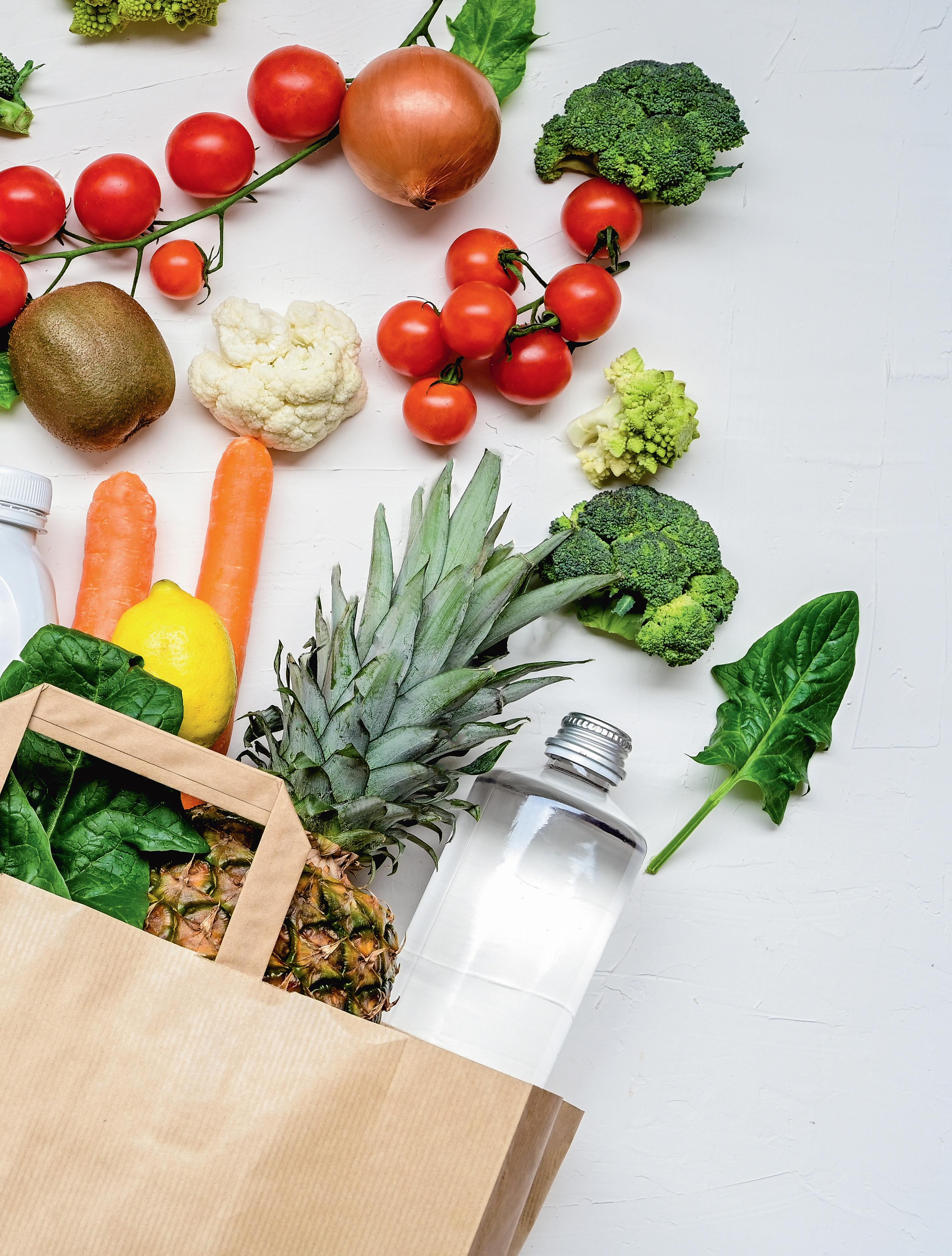
8 Beyond Transactions
In a volatile world, strong supplier partnerships ensure reliable procurement for frontline care.
12 Regarding Reusable
Sustainability meets logistics: why reusable containers are a smart switch for the industry sector.
16 Surface Level
Learn how modern wipes combine science, structure and softness for cleaner spaces.
20 Gear Up Right
Better warehouse tools mean fewer injuries, efficient teams and smoother operations.
22 Paper Preferred
From strength tests to FSC® certification, discover how paper carry bags are redefining practical sustainability.
24 The Care Factor
Proactive wound care prevents minor injuries from escalating into costly Lost Time Injuries.
28 Compostable Alchemy
Not all bin liners are equal –discover why compostable options matter in wasteconscious industries.
30 Staying Ahead
How Margaret Reid’s early experiences and father’s wisdom shaped a collaborative, people-centred approach to strategic procurement.
31 Expert Q&A
With Bunzl’s Mark Paterson.

Bunzl’s entries in the 2025 Packaging and Innovation Design Awards (PIDA) reflect the company’s commitment to high-performance solutions, driving sustainability, and leading the war against waste to help customers achieve their goals.
The Packaging and Innovation Design Awards (PIDA) celebrate the most innovative packaging solutions from across Australia and New Zealand. Recognising excellence in design, functionality and environmental impact, the awards spotlight the companies and collaborations shaping the future of packaging across the region.
This year, Bunzl is proud to have submitted two standout entries that highlight its focus on smart, customer-centric design and measurable sustainability.
Congratulations to the teams behind Katermaster’s Regen Reusable Container, which won in the Sustainable Packaging – Food category! The container was developed in response to customer feedback on the volume of waste at the end of every meal –demonstrating how clever design can meet the needs of customers operating in demanding and often remote environments. Locally made from mono-material polypropylene, the Regen container is microwave- and fridge-safe and durable enough to withstand up to 700 commercial dishwasher cycles. At the end of its life, it’s easily recyclable via kerbside systems. Its slightly frosted finish helps conceal scratches, extending its appearance and usability. With production powered by 15% renewable energy and locally sourced resin,
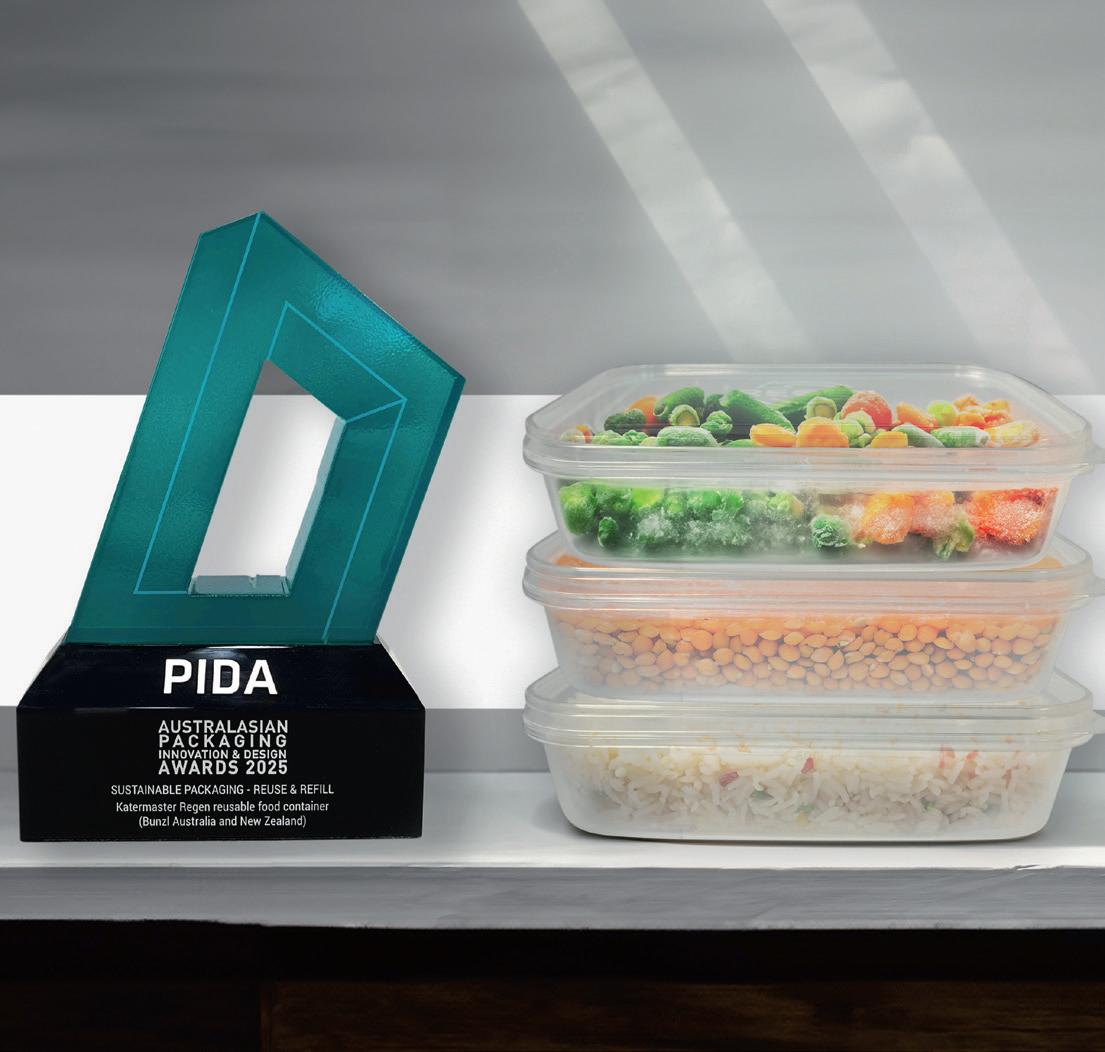
the award submission demonstrates how thoughtful design can balance durability, sustainability and long-term efficiency.
In the Sustainable Packaging – Outside the Box category, Bunzl’s Advantage 9um Pallet Wrap, a product that redefines performance-led sustainability, proudly won bronze. With a 385% stretch rate, the wrap secures loads using significantly less material. Compared to a standard 15um wrap, it can reduce plastic use by up to 66%, saving approximately 12 tonnes of plastic per year for the average customer. Fully recyclable and proven to outperform compostable and recycled alternatives, Advantage offers environmental, economic and logistical benefits, from lower freight costs to reduced wrap waste.
Congratulations to this year’s Bunzl winners in the PIDA awards! Both products exemplify Bunzl’s ongoing collaboration with local partners to deliver scalable, sustainable innovation across industries.
Scan here to see
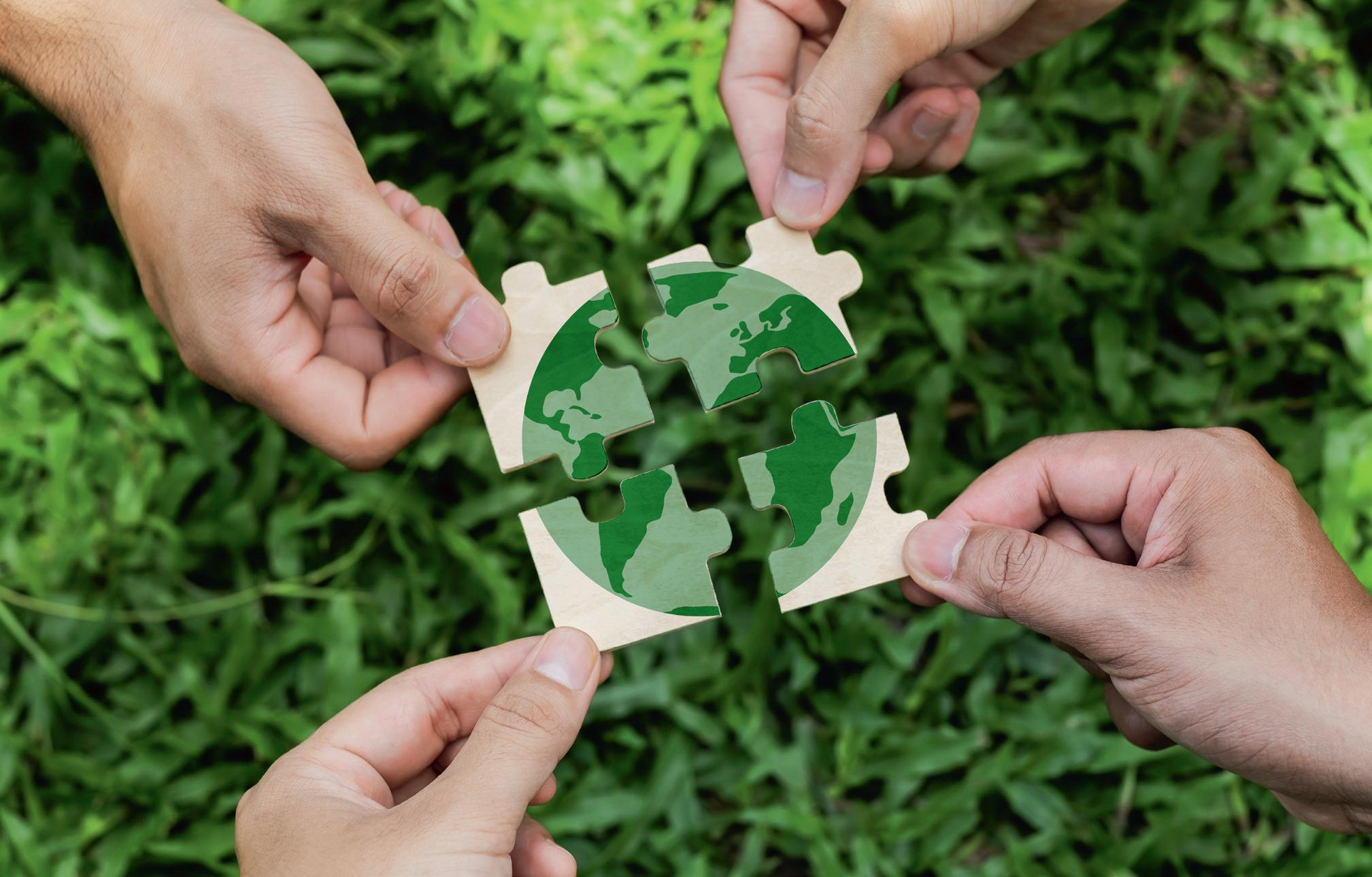
A look at how the 2025 Bunzl New Zealand Sustainability Forum is reshaping supplier-customer partnerships to drive progress on sustainability.
In February, Auckland hosted the 2025 Bunzl New Zealand Sustainability Forum – a gathering of business leaders, sustainability professionals and key Bunzl customers committed to shaping a lower-impact future.
The event is a key fixture in the corporate sustainability calendar, offering not just insight but strategic alignment across industries that rely on complex supply chains –from healthcare and cleaning to food processing and hospitality. The Forum is designed as a working session – part knowledge exchange, part catalyst for change. “We know our customers are under increasing pressure to reduce waste, decarbonise operations and meet ESG targets. This Forum is about uncovering those challenges and looking for ways we can work together to solve them,” said Felicity Kelly, Head of Sustainability at Bunzl Asia Pacific.
One of the Forum’s key takeaways? That sustainability is no longer a standalone agenda – it’s a risk mitigator, a source of resilience and a competitive edge.
Attendees explored real-world examples of circular product design, transparent sourcing and innovations in reusable systems.
There was also a call to rethink the traditional customer-supplier dynamic. “The value chain has evolved into a value network,” Kelly noted. “We must move from transactional relationships to strategic partnerships if we want to move the dial.”
In a landscape where regulation is tightening and stakeholder expectations are rising, the Bunzl Forum is less about obligation and more about opportunity. For businesses looking to lead, not lag, it’s a conversation worth joining.
Scan here to read more about We believe in Better, Bunzl’s sustainability strategy and initiatives.
Faster cooking, lower energy use and effortless cleaning: Moffat’s Waldorf induction cooktop trifecta of value and efficiency in a commercial kitchen.
COMMERCIAL KITCHENS are constantly seeking innovative solutions to improve efficiency, cut costs and streamline operations, and Moffat’s commercial Waldorf induction cooktop delivers on all fronts. Engineered with advanced induction technology, this market-first oven range redefines cooking by allowing the oven to be placed beneath induction cooking units. The system can heat pans up to 50% faster than traditional gas appliances and up to 80% faster than conventional electric radiant elements, ensuring that every dish moves swiftly from prep to plate. With this induction technology, energy consumption is significantly reduced because only the pan heats while the surrounding surface remains cool. This design not only enhances worker comfort in busy kitchens but also minimises hazardous by-products from combustion. With no pan on the surface equating to no power usage, the Waldorf cooktop offers smart cost savings by avoiding unnecessary energy drain. Cleaning is also effortless; a simple wipe with

a cloth replaces the intensive maintenance required by gas or older electric cooktops.
Built in New Zealand with heavy-duty 304-grade stainless steel and a galvanised steel chassis, these induction cooktops withstand the rigours of high-demand environments. Flexible configurations, available in 450mm and 900mm widths with various induction zones, cater to diverse cooking styles and workflows. Powered by renewable hydroelectric energy, Moffat’s facility underscores a commitment to sustainability while lowering operational costs and carbon footprints.
The cooktop’s advanced INDUS Compactmodul technology RTCSmp system continuously monitors energy supply, temperature and component status for maximum safety and precision. By integrating this innovative equipment, commercial kitchens can ensure enhanced productivity with reduced labour demands. Moffat’s Waldorf induction cooktop represents a transformative investment that improves efficiency, saves costs and promotes a safer, more comfortable working environment. Ultimately, Moffat’s Waldorf induction cooktop revolutionises commercial kitchens by delivering unmatched performance, sustainability and overall operational excellence for modern industry.
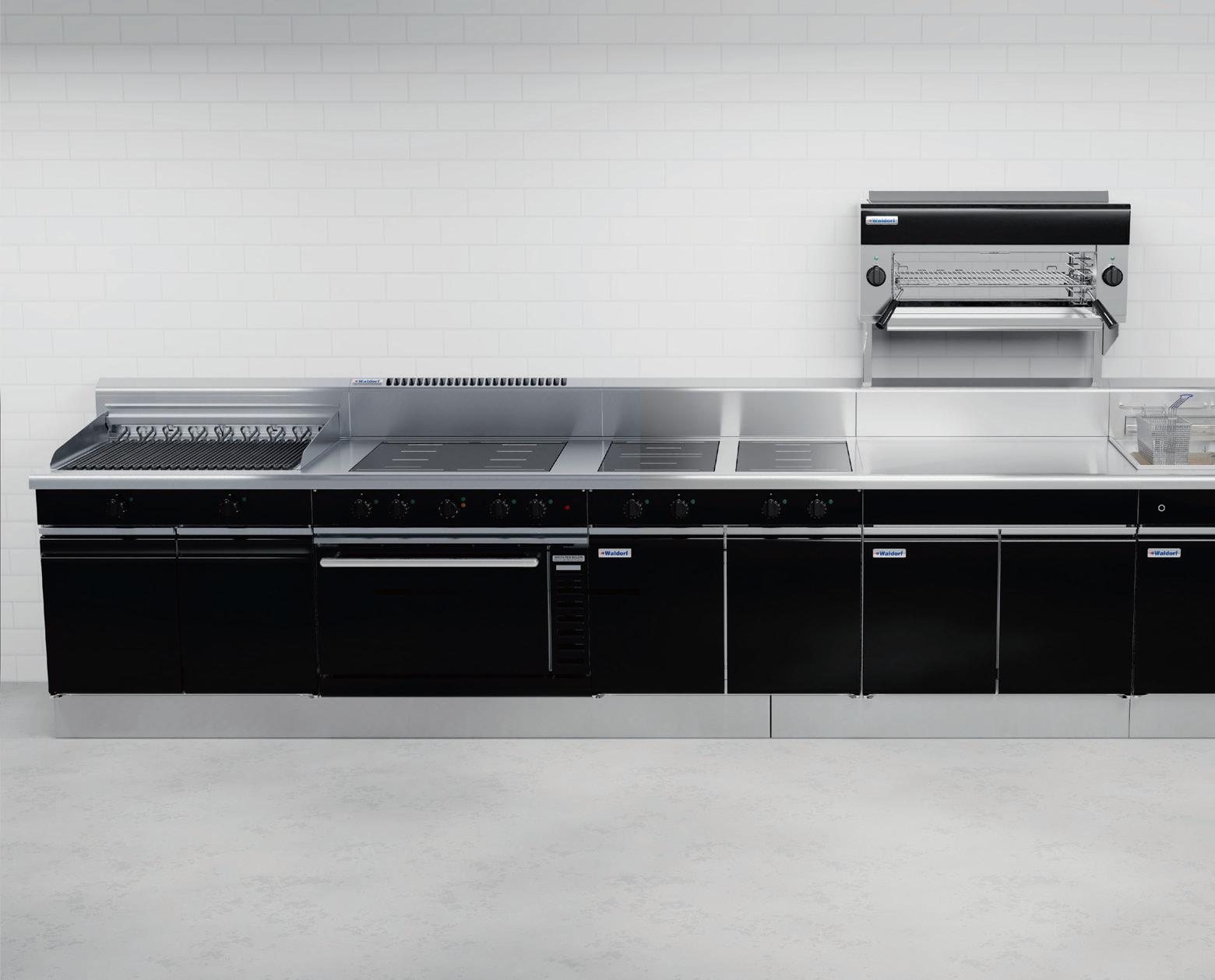

With sustainability top of mind for businesses and consumers, the new Sustain Aqueous Paper Rectangular Container – made from renewable materials – offers a durable, compostable solution.
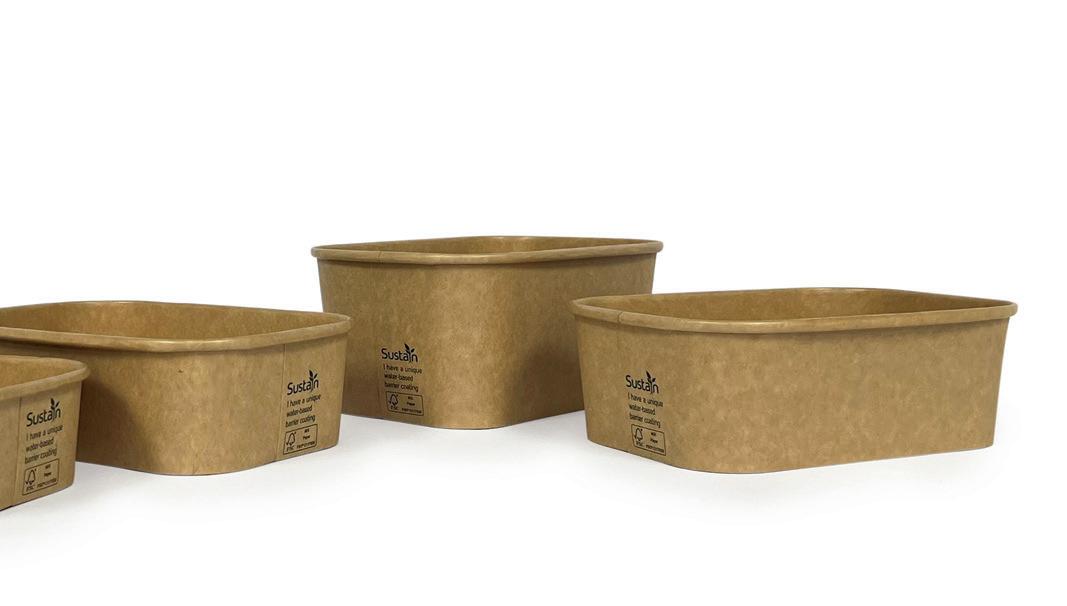
Discover Sustain’s line of paper and plant-based products as a sustainable option for your food service and takeaway packaging.
Cafes, restaurants and catering businesses operate in a fast-paced, high-demand environment where packaging must do more than just contain food – it needs to protect presentation, retain temperature, and reflect the brand’s reputation. With rising consumer expectations and government-led initiatives across both Australia and New Zealand to reduce plastic waste, choosing the right packaging is more important than ever.
The new Sustain Aqueous Paper Rectangular Containers offer a practical, future-focused solution. Made from renewable, plant-based sources and FSC®-certified (FSC®-C117930) paperboard, these containers are lined with a water-based aqueous coating that provides a strong barrier without the use of traditional petroleum-based plastics.
This innovative coating is food-safe and grease-resistant, preventing liquids from soaking into the paperboard, and because it’s absorbed into the fibres, only a thin layer of the coating is needed – reducing overall material use without compromising on durability or quality. The coating also contains no harmful chemicals or intentionally added PFAS (Perfluoroalkyl and Polyfluoroalkyl Substances), making it a safer and more environmentally responsible option.
Designed for both hot and cold foods, the containers retain their shape and structure even when used for saucy, oily or moist meals. From salads to curries, they maintain food integrity without leakage or sogginess.
Importantly, these containers – and their matching paper lids –are home-compostable and also compostable in industrial facilities under specific conditions. They break down into organic matter that can be used to enrich soil, supporting circular economy goals and reducing the environmental burden of packaging waste.
Whether you’re a cafe, caterer or multi-site food operator, switching to Sustain can help meet growing customer expectations for sustainable, thoughtful packaging.

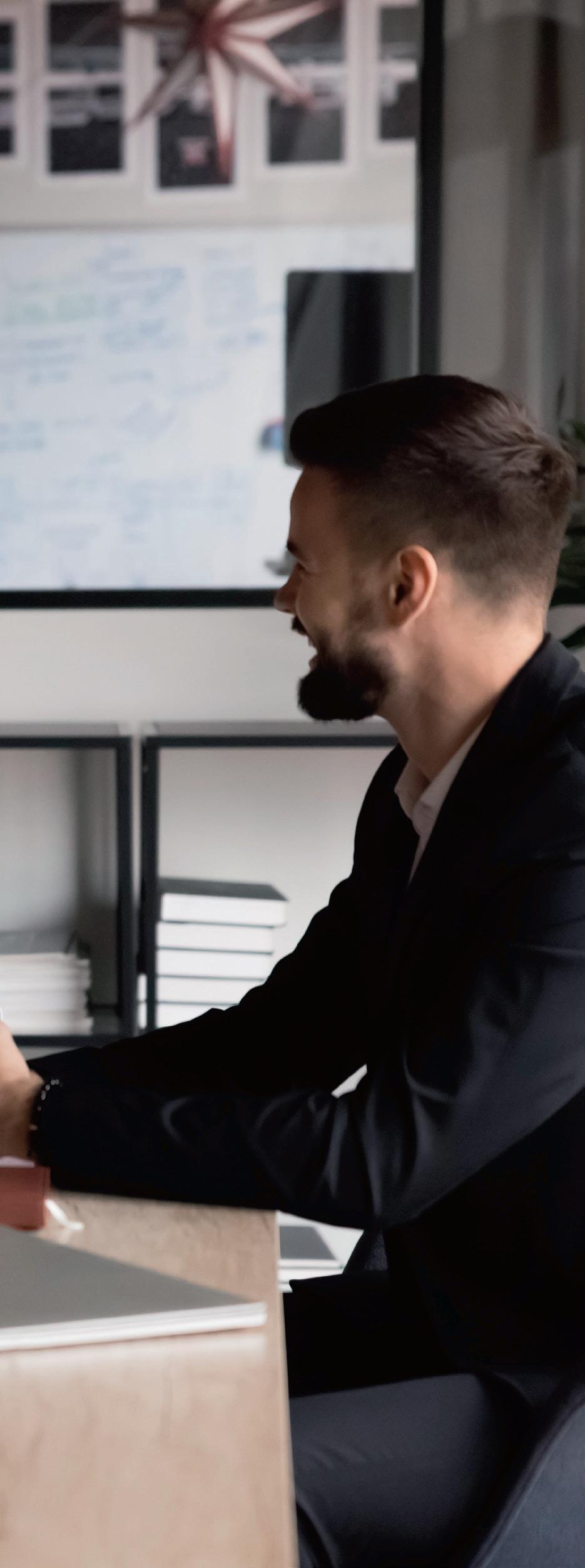
STRATEGIC PROCUREMENT LEADERS BUILD RESILIENT SUPPLY CHAINS THROUGH STRONG SUPPLIER RELATIONSHIPS, TRANSPARENCY AND SUSTAINABILITY FOR LONG-TERM GROWTH
In today’s unpredictable market landscape, where climate disruptions, shifting regulations and global unrest are par for the course, procurement in the B2B and aged care sectors has become a high-stakes balancing act. For leaders overseeing national and transTasman supply chains, it’s no longer enough to simply keep things ticking over. A more strategic mindset is essential, with collaboration, strong relationships and transparency winning the day when it comes to ensuring consistent and reliable supply.
THE IMPERATIVENESS OF CONSISTENT SUPPLY
The stakes are high when it comes to procurement for the aged care sector, as the wellbeing of residents and community clients depends on uninterrupted access to essential goods.
“Our absolute priority is to help our residents live fulfilling lives,” says Margaret Reid, who leads strategic procurement at aged-care provider Bolton Clarke. “The efficiencies and savings we achieve in procurement can directly support our frontline teams and improve the lives of those we serve.”
Building and maintaining a resilient supply chain delivers service reliability and demands data-informed decision-making. “Being able to take the data, cleanse it, and analyse it so it produces actionable insights means our procurement strategies and forecasting are grounded in real-time understanding,” explains Reid.

Furthermore, says Mark Paterson, Bunzl’s Sector Manager for Healthcare, this enables procurement teams to prioritise more effectively. “These insights allow us to align our resources optimally so we can anticipate, plan and respond within our supply chains, not just react.”
“Diversified supply and contingency plans are essential in a world where circumstances like an out-of-season cyclone can upend supply in an instant.” Find
here.
Strong supplier partnerships are another crucial element of supply chain resilience, with recent global challenges highlighting the fragility of single-source strategies. Diversified supply and contingency plans are essential in a world where circumstances like an out-of-season cyclone can upend supply in an instant. Strong relationships with multiple supplier options – ideally spread across different geographical areas – play a critical role in preparing for the unexpected and mitigating risk.
Reid recommends that suppliers be seen as an extension of the organisation. “We need to move beyond the traditional transactional engagement. Organisations that foster strategic partnerships and shared strengths will build greater resilience and long-term success.” Paterson agrees: “It’s about understanding our clients’ long-term goals, not just their short-term orders. When you work with your suppliers to anticipate and respond to challenges, you’re better able to maintain supply through disruptions.”
With rising expectations around compliance, accountability and ethical sourcing, B2B organisations are paying closer attention to the ethical footprint of their supply chains. Again, those strong supplier relationships come to the fore here, with shared values and insights crucial to establishing and maintaining trust and longterm sustainability. “Ethical sourcing isn’t just about meeting regulatory requirements,” says Paterson. “It helps create a foundation of trust that benefits everyone, from the supplier to the end customer.”
In this case, transparency should never just be a buzzword. It’s about leading with integrity and embedding it in every decision and process. When transparency is part of the way businesses operate, they’re not only meeting compliance requirements but also consistently doing what’s right at every point along the supply chain.
Sustainability has become a critical pillar of modern procurement. As climate events grow in frequency and unpredictability, procurement leaders are increasingly expected to mitigate their supply chain’s environmental impact and contribute to broader sustainability goals. This can include actively reducing Scope 2 and 3 emissions, participating in decarbonisation initiatives, or implementing improved waste management systems. Like transparency, sustainability must be embedded across every aspect of procurement planning.
Strategic procurement is an evolving discipline that demands agility and innovation. By prioritising efficiency through streamlined systems and strong partnerships, and integrating transparency and sustainability into every process, procurement leaders can empower their frontline services and deliver consistent and reliable value to those they serve.
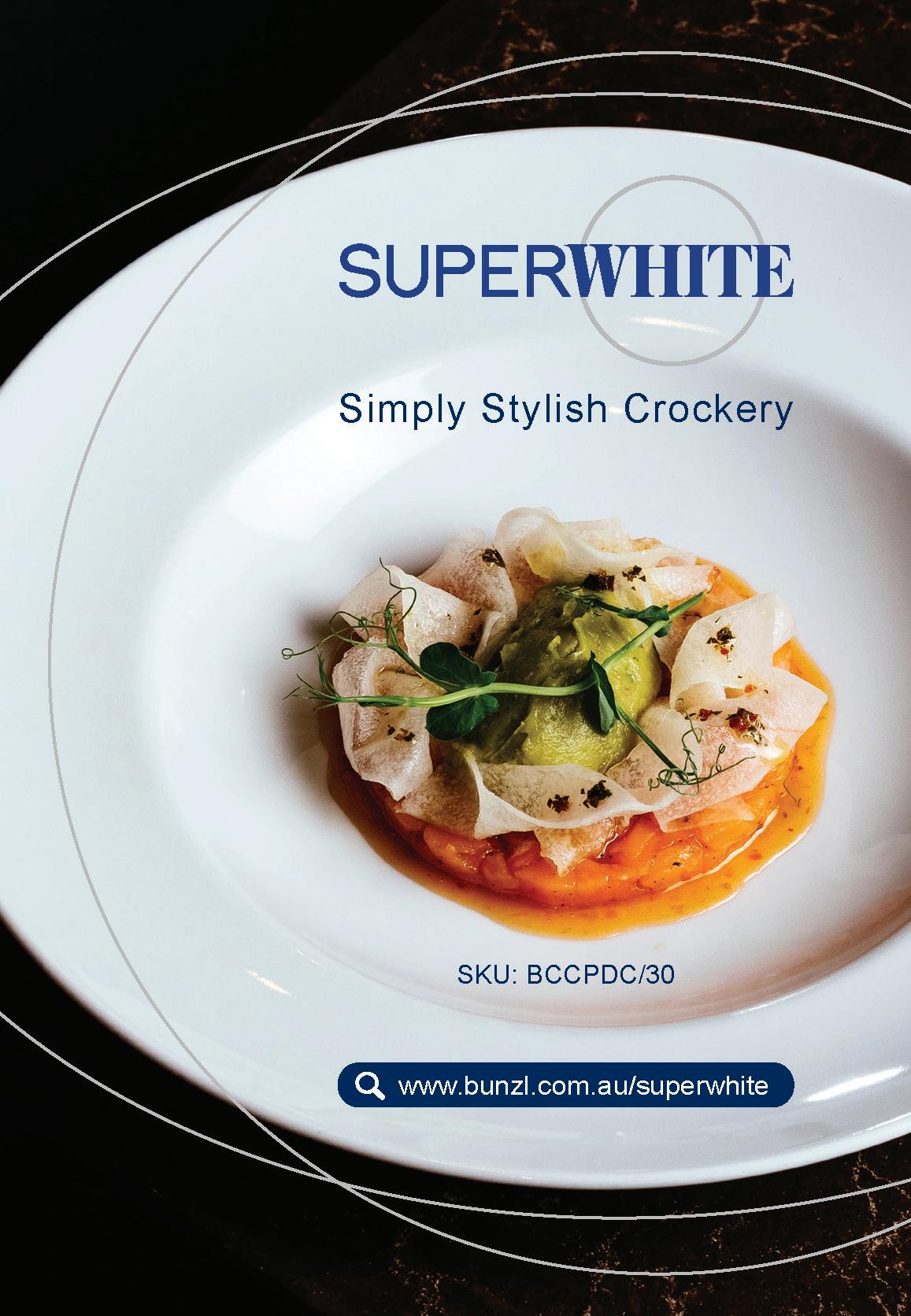
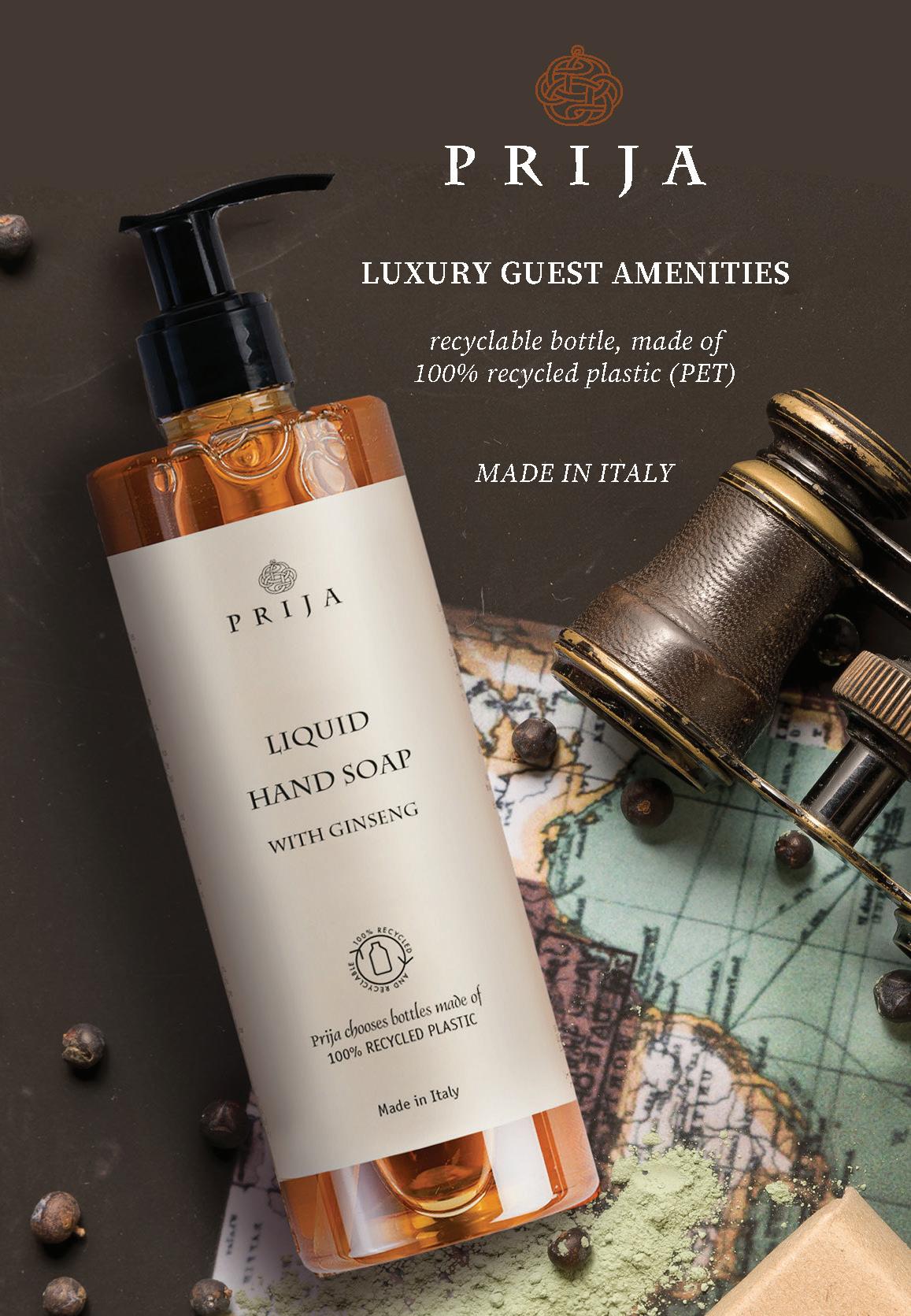


REUSABLE LUNCH CONTAINERS CAN DO THE HARD YARDS BY HELPING INDUSTRIES SUCH AS MINING AND TOURISM REDUCE WASTE, SAVE MONEY, AND DEMONSTRATE CORPORATE LEADERSHIP IN SUSTAINABLE WORK PRACTICES.
By the end of 2024, the Australian mining industry was worth over $407 billion –and it’s only continuing to grow. With approximately 350 rural mining sites operating around the country, these sites are required to have staff on-hand yearround to ensure smooth operations.
A majority of this staff are scheduled on Fly-In FlyOut (FIFO) rotations, which gained traction in the Australian resource sector due to the introduction of commercial air travel. Coinciding with the rise of large-scale mining projects in remote regions, FIFO rotations quickly became the norm for the mining sector – and with that heightened popularity came the boom of large temporary accommodation centres to house those workers.
With an estimated 100,000 FIFO workers across the country, the logistics behind accommodation and catering in these more remote locations relies on precise and reliable supply. Having these sites located off the beaten track means that all logistics are required to be pre-planned well in advance –even when it comes down to what everyday meals are being served in.
In 2020, the Australian mining sector generated 620 megatons (Mt) of waste, including 2.6 MT of plastics. Due to the nature of the work, the large workforce and extensive equipment, a lot of this waste is essential. However, introducing reusable alternatives to traditionally single-use food disposables often found in mine site kitchens and dining halls is a simple switch that can help cut down on any unnecessary waste. Alongside waste reduction,
the distance from regional mining sites to town centres means that any waste transported off-site must travel great distances for disposal – making off-site disposal or recovery tricky and expensive. Introducing reusable containers into the meal rotation can also help reduce the labour behind disposal and the cost of its transport.
In that same vein, Australian outback tours are responsible for handling over 680,000 overnight visitors annually – meaning that businesses in the tourism sectors can also benefit from switching to reusable containers for their lunch operations.
According to Felicity Kelly, Bunzl Asia Pacific’s Head of Sustainability, by switching to reusable alternatives, such as containers made from polypropylene –a recyclable material – companies can significantly reduce the amount of material they send to landfills, support a circular economy, lower their scope 3 emissions and reduce waste management costs.
“A switch like this can also help businesses comply with any single-use plastic legislation that might affect them now or in the future,” Kelly explains.
It’s not just remote businesses that can benefit.
Lach Nankervis, Bunzl Australia and New Zealand’s General Manager of Hospitality, says reusable containers can be easy to adopt and have a big impact in numerous types of commercial kitchens.
“An easy transition is in a commercial kitchen where chefs are using disposable products for food prep,” Nankervis says. “Switching to reusable containers offers a cost-saving and is also a great sustainability initiative to ensure that food is kept fresh, while reducing single-use plastic usage.” With all that,

“A switch like this can also help businesses comply with any singleuse plastic legislation that might affect them now or in the future ”
choosing the right solution for an application is crucial. If reusable containers are adopted, systems must be put in place to manage them to make the most of their benefits.
“Their impact is maximised when supported by proper collection, washing, and recycling systems,” Kelly says. Ultimately, switching to reusable containers is more than just a practical change, it’s a smart, forward-thinking move that delivers long-term value. For businesses across sectors, particularly those operating in remote or high-volume environments, the environmental, financial, and reputational benefits are clear. With the right systems in place, reusable solutions can help pave the way to a more sustainable, responsible future.
For Katermaster’s award-winning reusable containers and catering products, scan here.
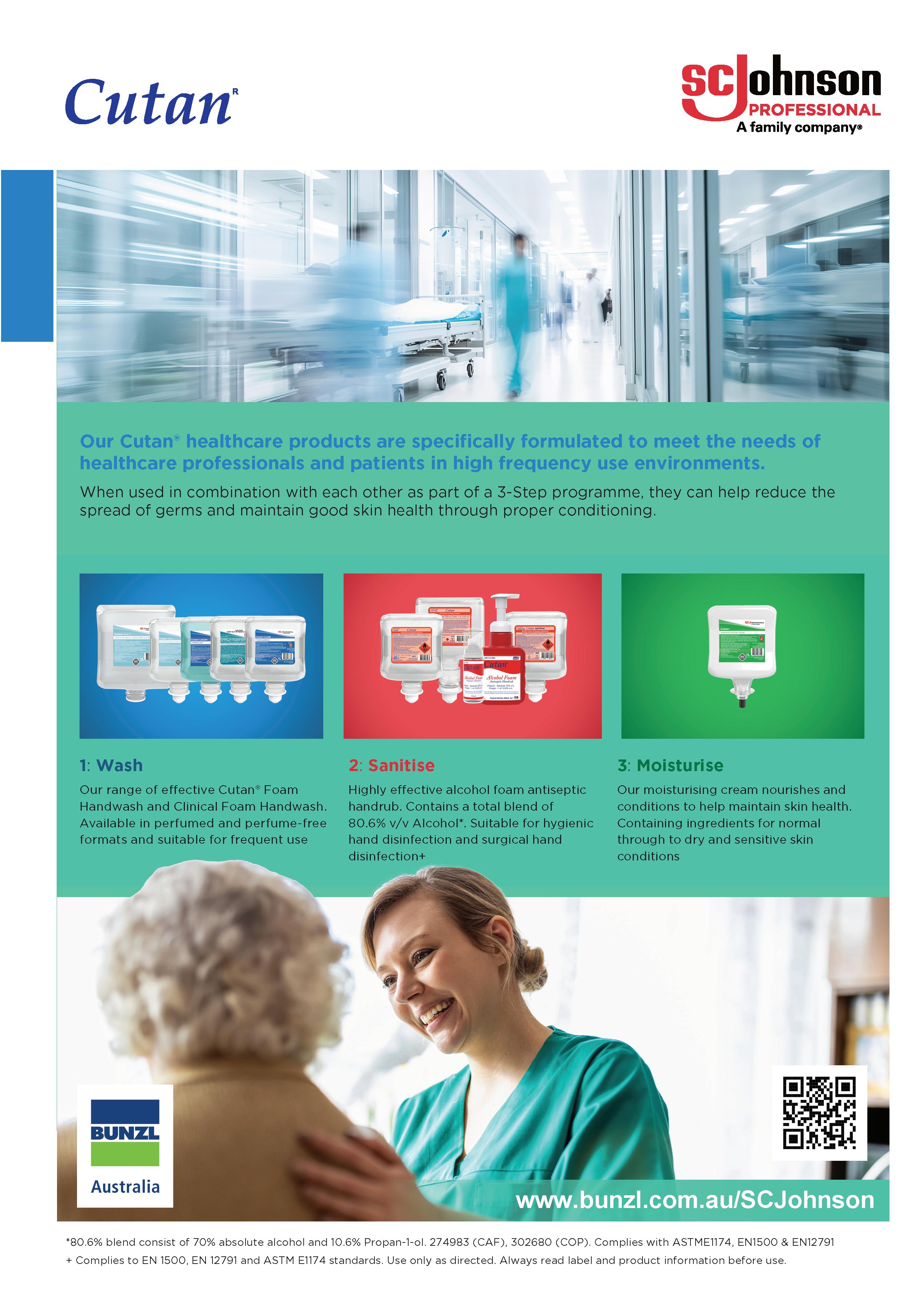

TECHNOLOGICAL ADVANCES HAVE TRANSFORMED THE CLEANING PERFORMANCE OF WIPES.

Bees teach us a lot about hard work and organisation, and their honeycombs have inspired some high-tech ways in which we can keep our workplaces clean.
Wipes with hexagonal geometrical embossing, modelled on honeycomb structures, trap dirt in regularly spaced grooves, guiding dirt and liquid into fibre gaps to maximise cleaning efficiency.
“Traditional smooth wipes can push dirt around, whereas embossed patterns create micro-reservoirs that trap particles, moisture and bacteria, leading to superior dirt removal,” says Bunzl Australia & New Zealand Category Manager Malcolm Barclay.
The hex pattern, which emerged in the early 2010s as part of a rise in biomimicry in material science, is just one way in which wipes have evolved from their humble beginnings as simple fabric- or paper-based sheets. “Wipes and wipers have undergone significant advancements over the years, driven by innovations in materials, manufacturing techniques, and industry hygiene standards,” says Barclay.
For any industry in which hygiene is paramount – such as aged care, hospitality and education – the latest cleaning tech offers some clear advantages.
Wipes and wipers are generally regarded as very different products. Wipes tend to be single-use, sometimes moistened, sheets designed for quick applications such as disinfecting surfaces, personal care, and light-duty cleaning.
Wipers, on the other hand, tend to be larger, thicker cloths, designed for heavy-duty and

“Wipes and wipers have undergone significant advancements over the years, driven by innovations in materials, manufacturing techniques, and industry hygiene standards.”
professional applications, such as in food service or healthcare environments. They offer higher durability, absorption, and cost efficiency in the long run. But, evolution is blurring the boundary. Wipes have benefited from the development of non-woven materials and microfibre technology, while advanced embossing techniques have enhanced their durability, absorption capacity, and ability to trap dirt and bacteria.
“For wipers,” Barclay explains, “the focus has been on creating low-lint, highly absorbent, and reusable materials suitable for industrial, healthcare, and food service applications. Innovations like embossed textures, multilayer constructions, and engineered fibres have significantly improved performance, allowing for more efficient cleaning with less effort and fewer chemicals.”
As a result of all these advances, newer wipes offer the best of both worlds, providing soft and pliable ease of use alongside high absorption, enhanced lint-free cleaning efficiency, and durability. These new products are versatile. The combination of high-density fibres with optimised embossing depth balances flexibility and structural stability.
The manufacturing process has also advanced with the development of precision heat-press forming technology that ensures consistent embossing depth and uniformity, which improves performance.
The latest advances in materials and manufacturing, combined with the supereffective honeycomb-inspired hex pattern, are proving to be the bee’s knees.
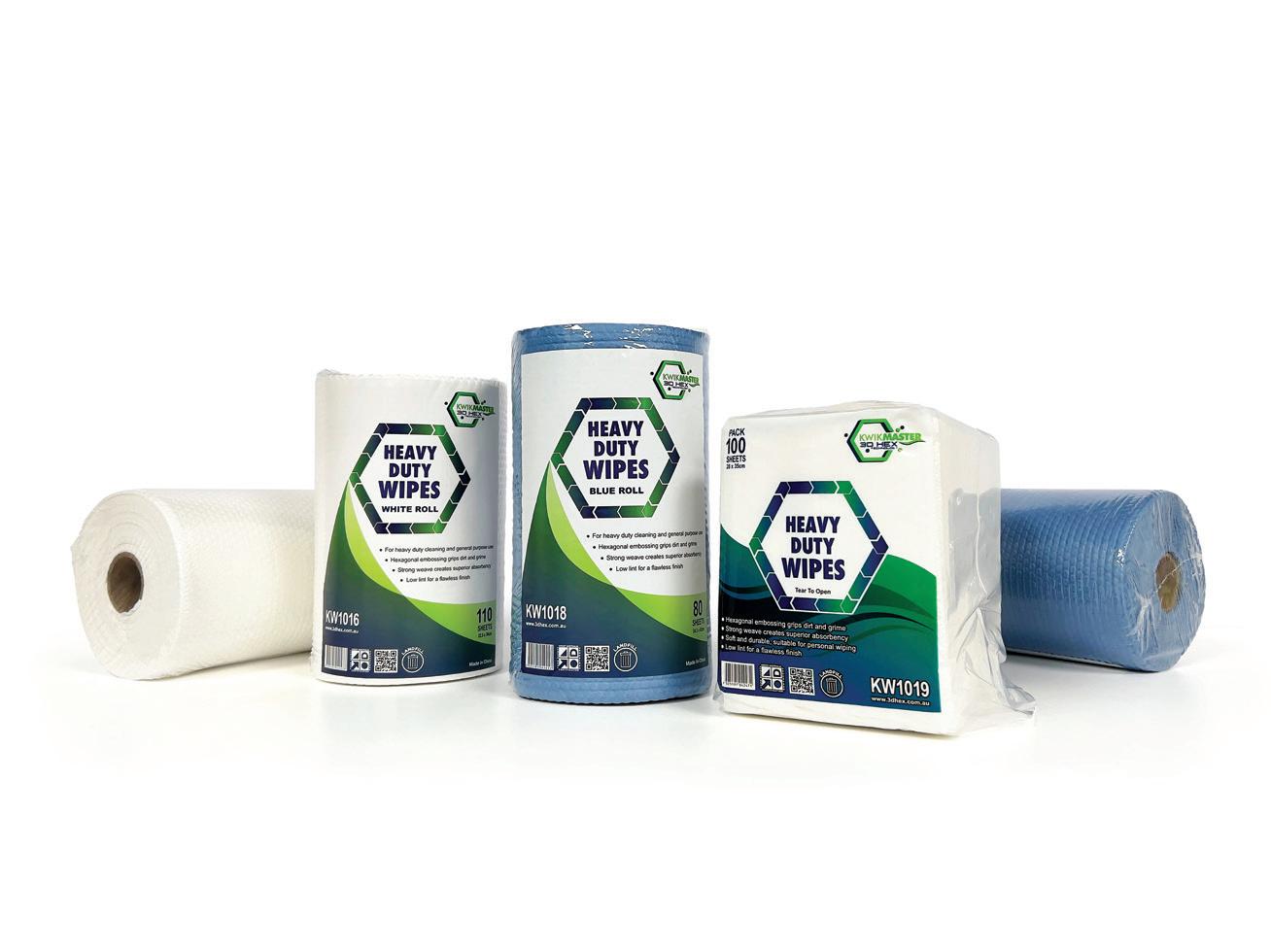

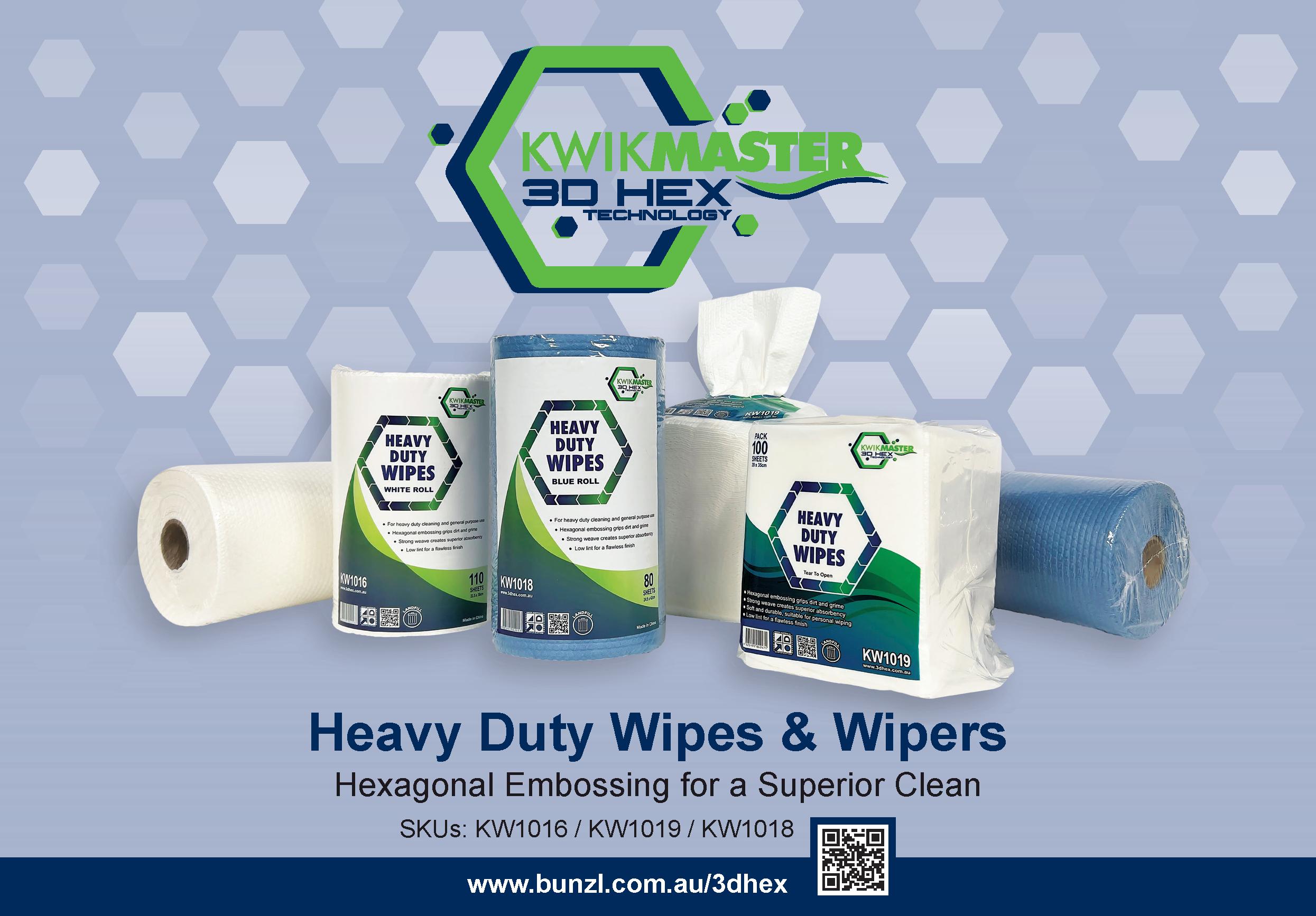
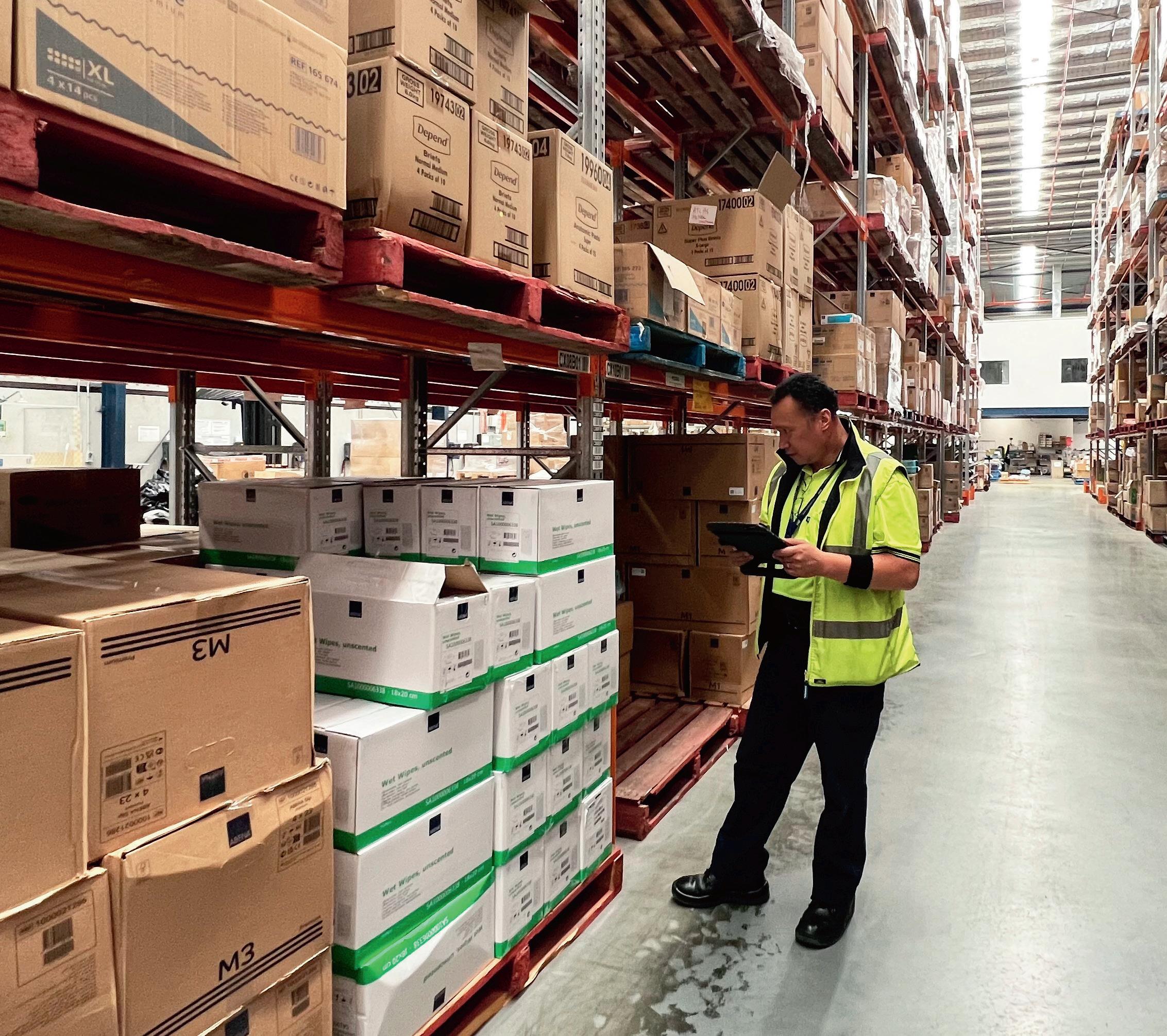
THE RIGHT WORKING TOOLS AND ACCESSORIES KEEP WAREHOUSES, STOCKROOMS AND DISTRIBUTION CENTRES RUNNING SMOOTHLY. FROM TAPES AND CUTTERS TO STRAPPING AND PALLET BAGS, THESE MODEST BUT MIGHTY TOOLS STREAMLINE OPERATIONS AND ENHANCE WORKPLACE SAFETY.
WHY SAFETY STARTS WITH THE RIGHT TOOLS
According to WorkSafe Australia, warehouse injuries in Australia cost businesses an estimated $28 billion annually in direct and indirect costs. While heavy machinery accidents often make headlines, manual handling incidents account for nearly 40% of all warehouse injuries – many of which stem from subpar tools. The wrong work accessories can create hazards that are just as dangerous as larger equipment failures. “Safety in a warehouse isn’t just about what you do – it’s about what you use,” says Lee Marshall, Head of Operations at Bunzl Australia and New Zealand. “And a lot of workplace injuries are a result of ignoring safety protocols or using incorrect equipment.”
SMALL TOOLS, BIG CONSEQUENCES: WHY THE RIGHT ACCESSORIES MATTER
A rusty cutter or the wrong kind of pallet tape
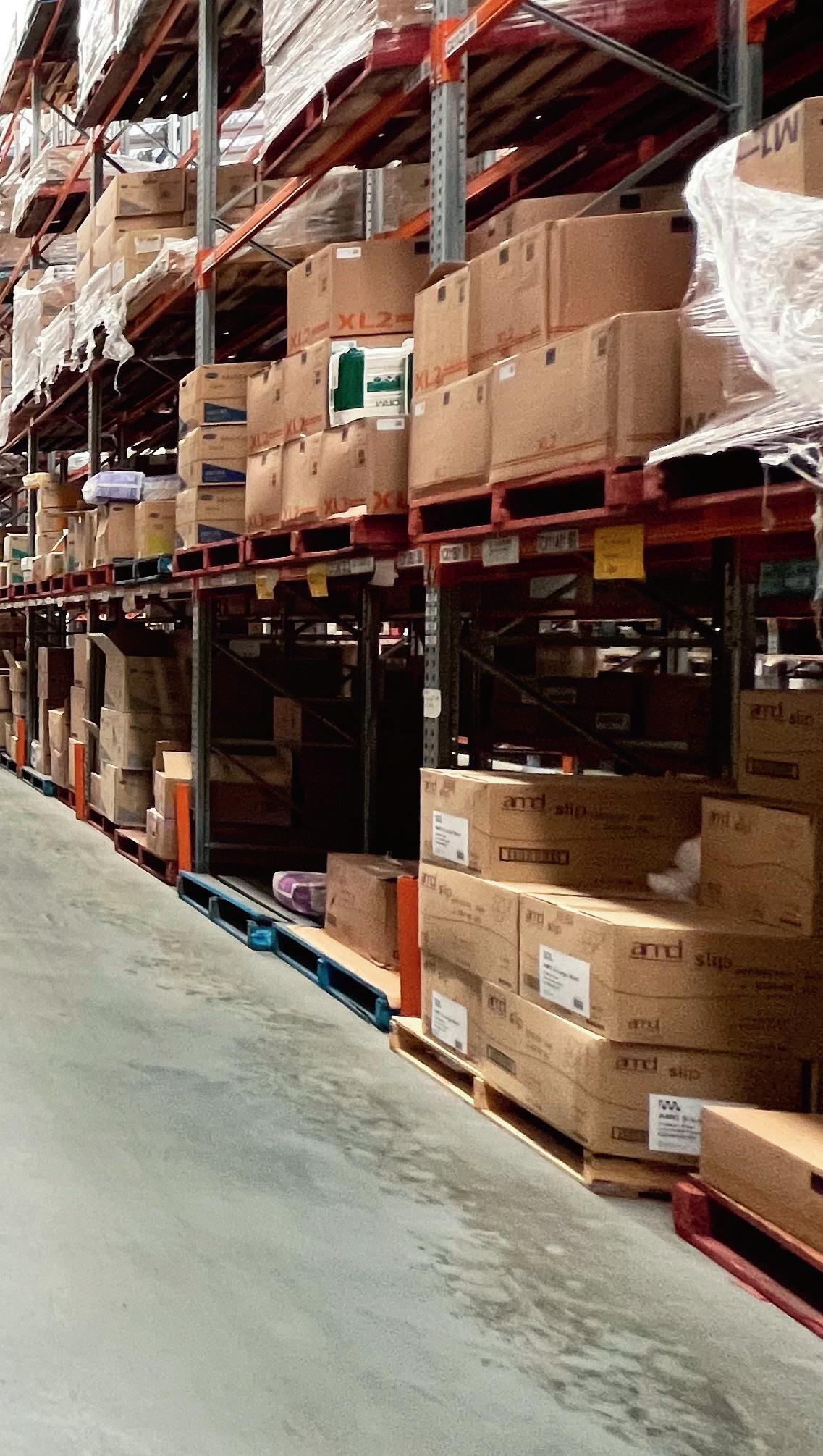
might seem like minor inconveniences, but small inefficiencies can have a dramatic impact on warehouse or distribution centre production.
“For example, a blunt cutter requires more force and carries an increased risk of injury,” says Marshall. “The wrong tape can easily snap under pressure and flimsy or poorly fitting pallet wrap not only means rejected deliveries – but also potential for damage.” The same goes for unreliable strapping. “Weak strapping carries the risk of snapping, whereas rigid strapping can slow down packing time and overall efficiency.”
Marshall suggests the following methods for ensuring warehouse accessories are up to scratch:
• Partner with reliable and reputable suppliers to
ensure access to high-quality tools and accessories. “It flows down through procurement and supply chain efficiencies: rather than treating suppliers just as vendors, develop collaborative partnerships with them. Engaging in discussions about product performance and feedback is ideal for better custom solutions that align better with your specific operational needs.”
• Involve workers in the decision-making process – they understand better than anyone which accessories work best.
• Invest in durable, high-performing tools. Cutting costs will only result in breakages, rework and workplace injuries in the long run.
• Conduct frequent efficiency and safety checks and audits to make sure current accessories are fit for purpose.
• Provide proper training to ensure tools are being used correctly and safely. “We hold regular Toolbox meetings to ensure staff are versed on safety, ensuring complacency doesn’t creep in. We also reiterate our Standard Operating Procedures for some of our more high-risk activities,” explains Marshall.
Marshall says that workers who have reliable and ergonomic tools feel more confident and valued in their roles. “When teams are working confidently with the right accessories, they can focus on getting the job done instead of fighting with their equipment, rushing to make up for disruptions, or worrying about their personal safety.”
Choosing the right tools enhances efficiency, reduces risks and creates a safer, more productive workplace, benefiting both workers and operations overall.
Discover Advantage’s range of commercial wrapping and packaging, including carton strapping and liners, and stretch pallet wrap.
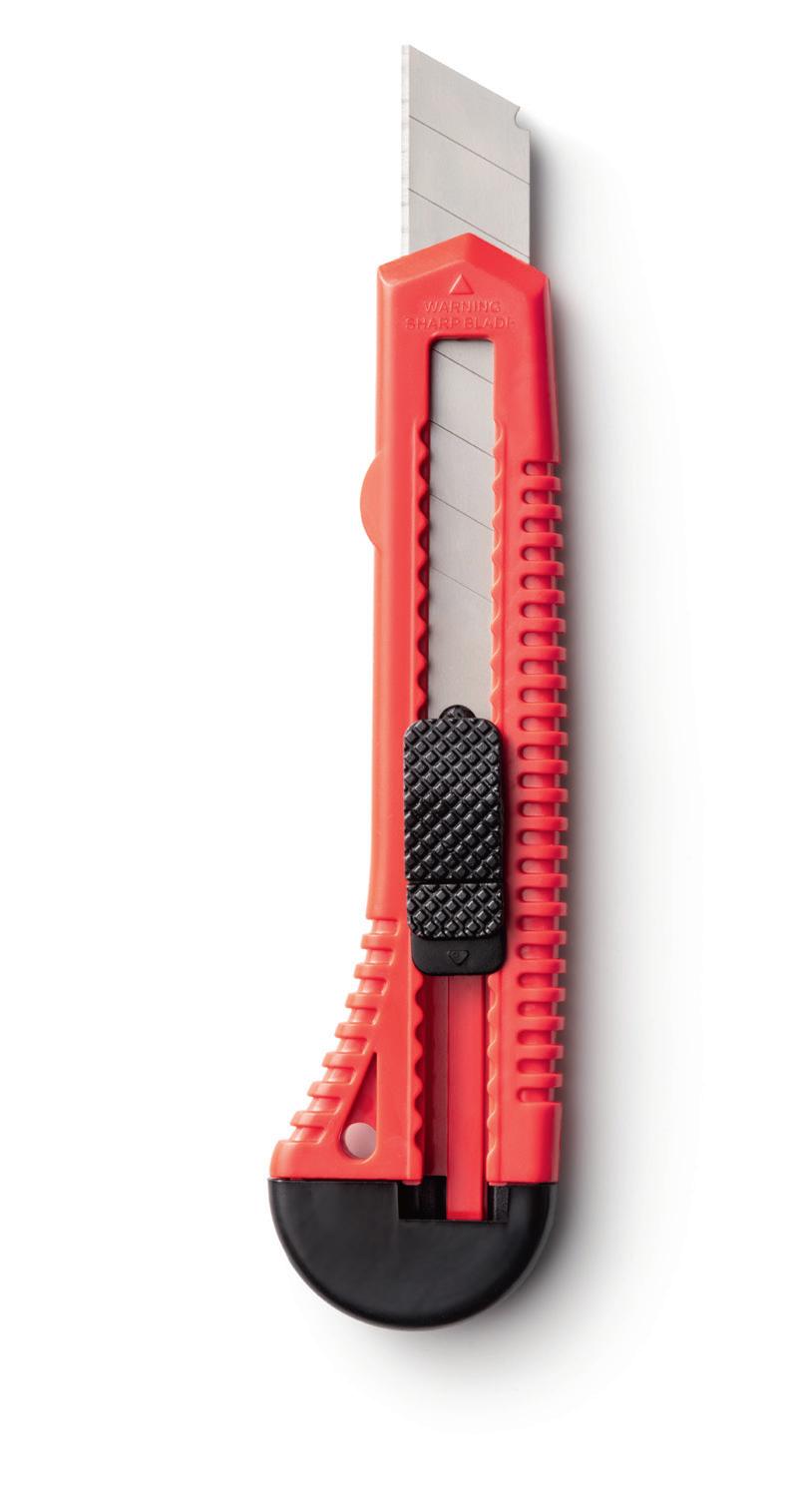
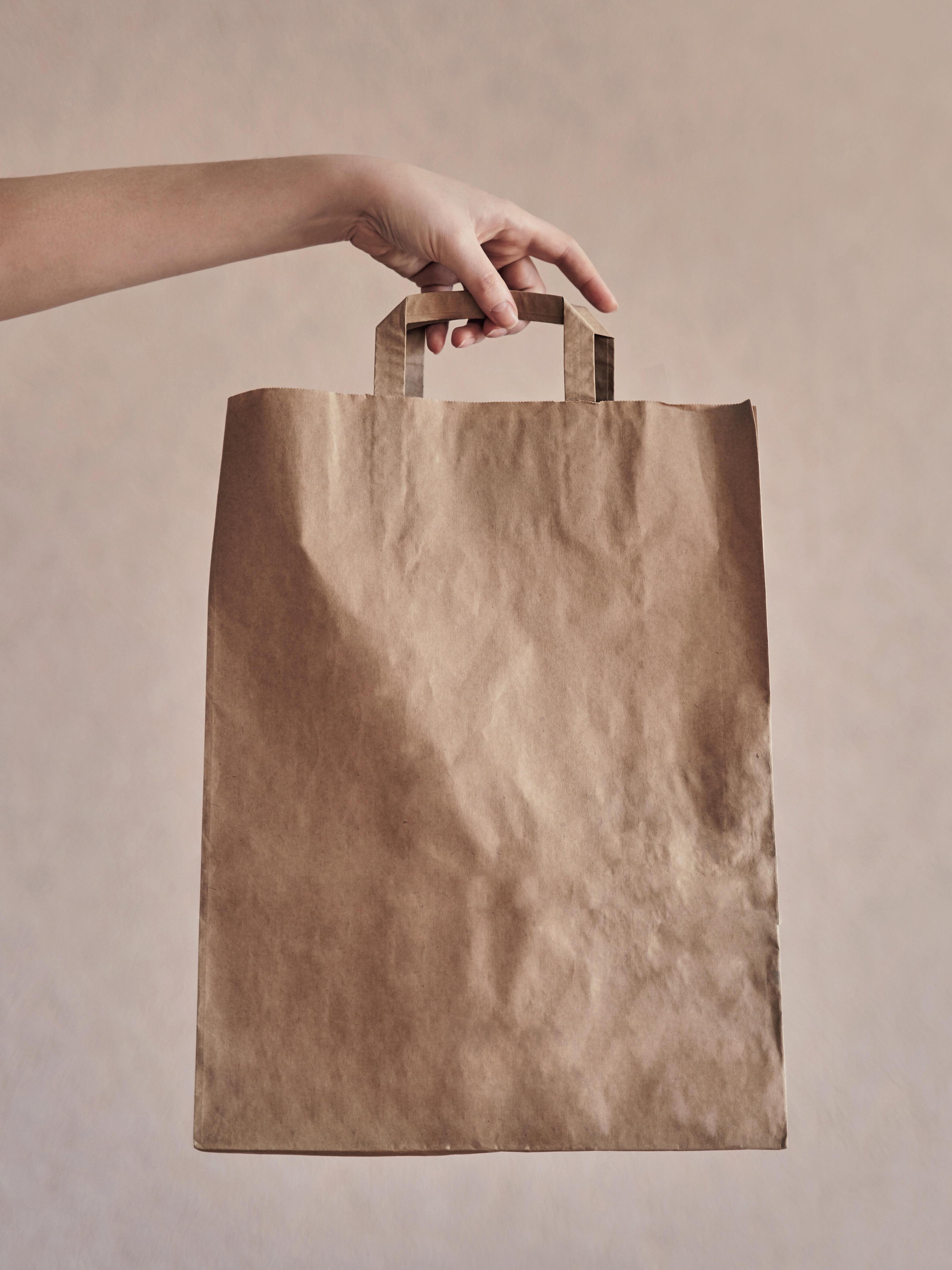
THE RESURGENCE OF PAPER BAGS ACROSS RETAIL AND HOSPITALITY ISN’T SIMPLY A FASHION OR CONSUMER PREFERENCE. IT’S INDICATIVE OF A DEEPER, INDUSTRY-WIDE SHIFT TOWARDS MORE SUSTAINABLE PACKAGING.
In recent years, businesses worldwide have increasingly embraced sustainable alternatives to traditionally single-use products. One of the most significant shifts has been the widespread transition from plastic bags to paper bags across supermarkets, retail stores, and the takeaway food industry.
“Companies are setting goals to reduce their environmental impact, and using paper bags shows their dedication to this critical issue to their customers,” explains Bunzl Australia & New Zealand Category Manager Connie Celis Izaguirre.
While paper carry bags are known to be less durable and more susceptible to moisture in comparison to a plastic bag, innovations and advancements by paper manufacturers around the world are resulting in paper bags more specifically suited to a wider range of products in the retail and hospitality sectors.
Innovations in recycling technologies have greatly improved the quality and usability of recycled materials, allowing a product to be kerbside recyclable in Australia, while also being made from quality 100% post-consumer FSC-certified recycled paper
Smart automation technology is also transforming the industry by integrating advanced machinery and systems that streamline production processes and enhance efficiency. These automated solutions include precision cutting mechanisms, automated quality control, and smart sensors for real-time production monitoring to obtain a high-quality sustainable product.
For hospitality operators, in particular, practicality is paramount. The strength and weight-bearing capacity of paper bags can have a direct impact on operational performance and customer satisfaction. Bags that feature flat handles and kraft paper construction, for example, exemplify how intelligent design enhancements – e.g. reinforced gussets and flat bottoms – can imbue them with incredible durability and greater carrying capacity.
“The weight a paper bag can hold depends on the quality and thickness of the paper used,” advises Celis Izaguirre. “Selecting the appropriate paper weight in collaboration with our supplier ensures our bags can handle the intended load without tearing. Many tests are performed, like the bursting strength test and tear resistance test, to help determine how much force a paper bag can withstand. Not only does that ensure our products are made with high level craftsmanship
and adequate specifications, but also that our products are FSC® (FSC®-C117930) certified to ensure our product supports responsible forestry.”
The Forest Stewardship Council® label on the paper carry bags ensures responsible use of the world’s forest resources. FSC® is a global, not-for-profit organisation dedicated to the promotion of responsible forest management.
Storage and logistical efficiencies are also big considerations, especially for high-turnover businesses like restaurants and retail stores.
Well-designed paper bags must be foldable and stackable, as well as be able to fit multitudes into small spaces. Having a provider that produces paper bags in multiple sizes can also be a game-changer in the switch from plastic to paper. In all things, thoughtful design can facilitate smarter inventory management without compromising on strength or useability.
An often-overlooked factor is the end-of-life recyclability of paper bags. Education about proper disposal and recycling practices is therefore of the utmost importance in order to maximise sustainability for the long term.
Paper-bag suppliers that can guarantee compatibility with co-mingled recycling streams are becoming an increasingly preferred option among business owners in Australia and New Zealand. And looking towards the future? As more businesses turn towards sustainable alternatives for their packaging, newer types of sustainable bags will hit the market to address more specific needs.
“While paper bags are a great packaging solution in the retail and hospitality sectors, I believe we will see a future trend emerging towards the use of other renewable and organic materials in carry bags,” says Celis Izaguirre. “Compostable bags are becoming increasingly popular as a sustainable packaging solution that offers greater moisture resistance –especially for customers located in high humidity areas such as far north Queensland.”
As businesses continue to seek out more sustainable solutions to plastic, paper carry bags should be seen as not just the most viable option, but also the most responsible one.
Discover Sustain’s paper carry bags with flat handles here.
MINOR WOUNDS AND INJURIES ARE INEVITABLE IN INDUSTRIES LIKE MANUFACTURING AND COMMERCIAL KITCHENS, BUT HOW THEY’RE TREATED DETERMINES THEIR IMPACT. QUICK, EFFECTIVE WOUND CARE CAN PREVENT INFECTION, SPEED UP HEALING, AND REDUCE WORKPLACE DISRUPTION.

“First aid is a major factor in wound management,” explains Barton. “A welldressed wound heals faster and lowers the risk of infection. If the correct comfort dressing is selected, it can also assist with allowing for productivity and reduce loss of time off work.”
Even a seemingly minor injury like a small cut or burn can significantly impact workflow if not treated properly. If a chef in a commercial kitchen, for example, cuts their finger and continues to work, bacteria can enter the cut, causing an infection that might lead to a few days off work. Even short absences can disrupt schedules and increase pressure on colleagues.
Infections are a major concern when it comes to wounds. To avoid time off caused by infections, Lesley Barton, National Clinical, Quality and Governance Manager at Bunzl Australia and New Zealand, says, “Correct cleansing of the wound with saline is important. This assists with ensuring that any debris or foreign bodies are removed to facilitate healing. Then covering the wound with a dressing and not allowing the wound to dry out is crucial as this will slow down the migration of new healthy cells.”
Prompt and effective treatment not only speeds up healing so extended absences are avoided but demonstrates to workers that their safety is taken seriously so they can work confidently knowing their wellbeing is a priority. Businesses that integrate proactive wound care and first aid practices into their safety culture – through well-stocked first aid kits, clear reporting processes, and accessible treatment options – can minimise disruptions and keep operations running smoothly. “When employees feel supported with proper first aid protocols,” explains Barton, “they’re more likely to report injuries early, preventing minor wounds from becoming major problems.”

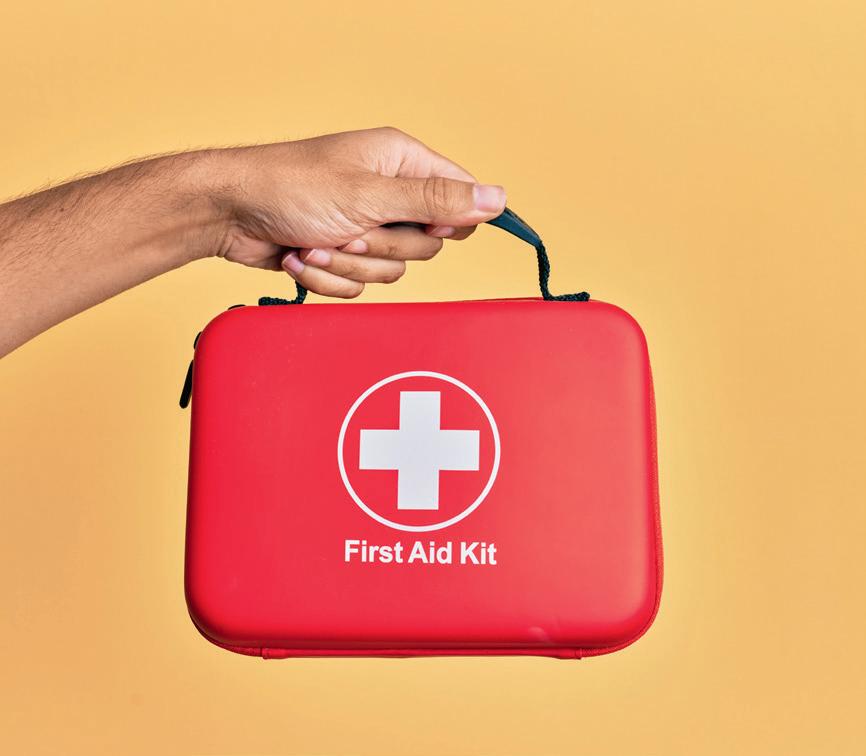
Basic first aid can go a long way to reducing a workplace’s Lost Time Injury Frequency Rate (LTIFR). So whether it’s a minor cut or scrape, or a mild burn, following best practices can make a huge difference.
1 Wash your hands thoroughly before attending to a wound.
2 Rinse the wound under running water.
3 For a cut, stop the bleeding by applying direct pressure and raise and support the injured part above the level of the heart.
4 For a burn, keep the wound under running water for as long as possible.
5 Gently clean around the wound with soap and water, wiping away from the wound. Pat dry and use a sterile dressing to cover the wound.
6 Seek medical help if the wound won’t stop bleeding or if there is a foreign object embedded in the wound.
7 Report the injury to ensure it’s treated correctly.
Most wounds, properly treated, take seven to 10 days to heal and must be carefully monitored for infection.
1 Do not use ice or lotions on a burn – water only.
2 Use non-stick dressings on a burn. If you don’t have sterile swabs or gauze, use a clean, non-fluffy cloth.
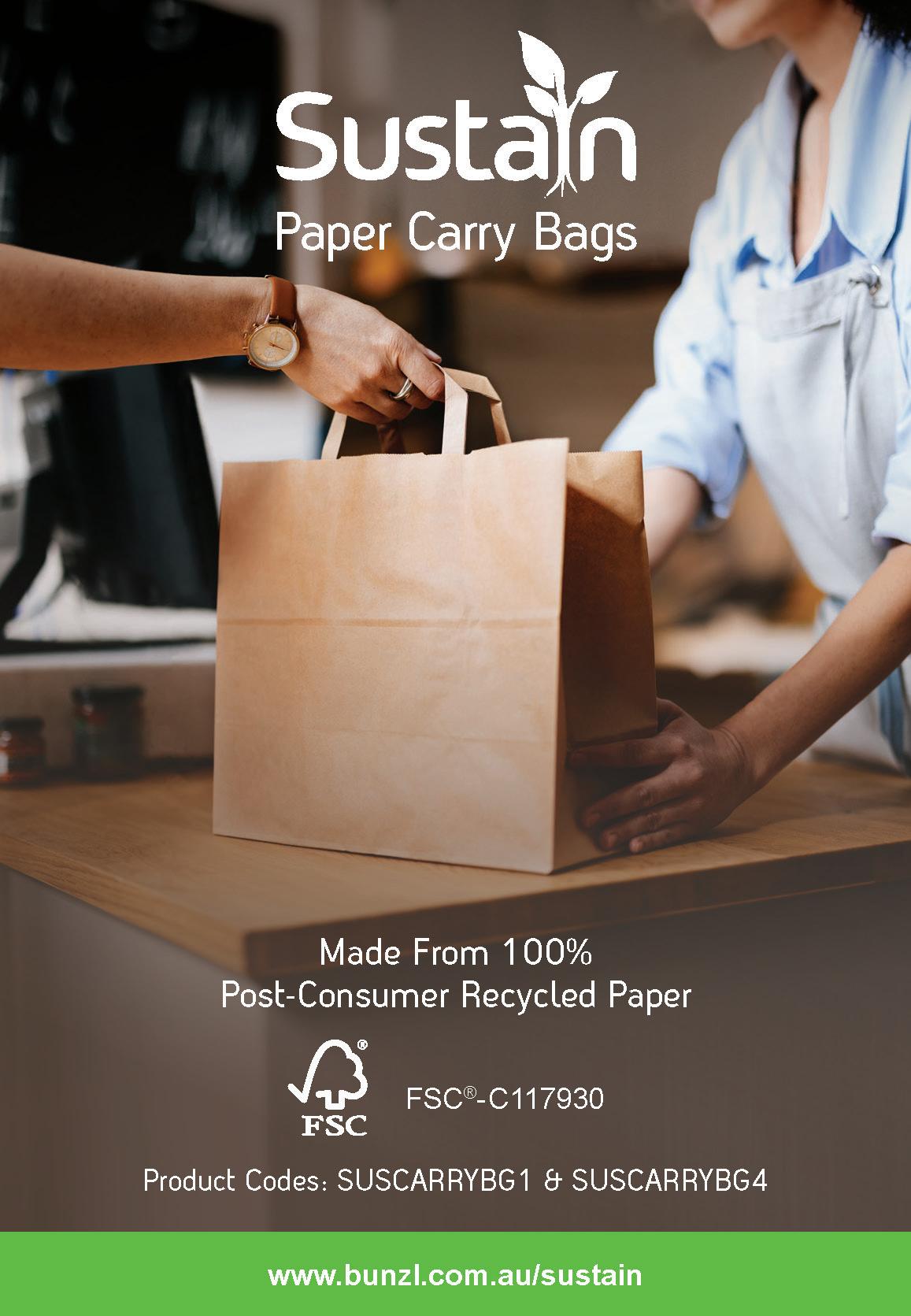
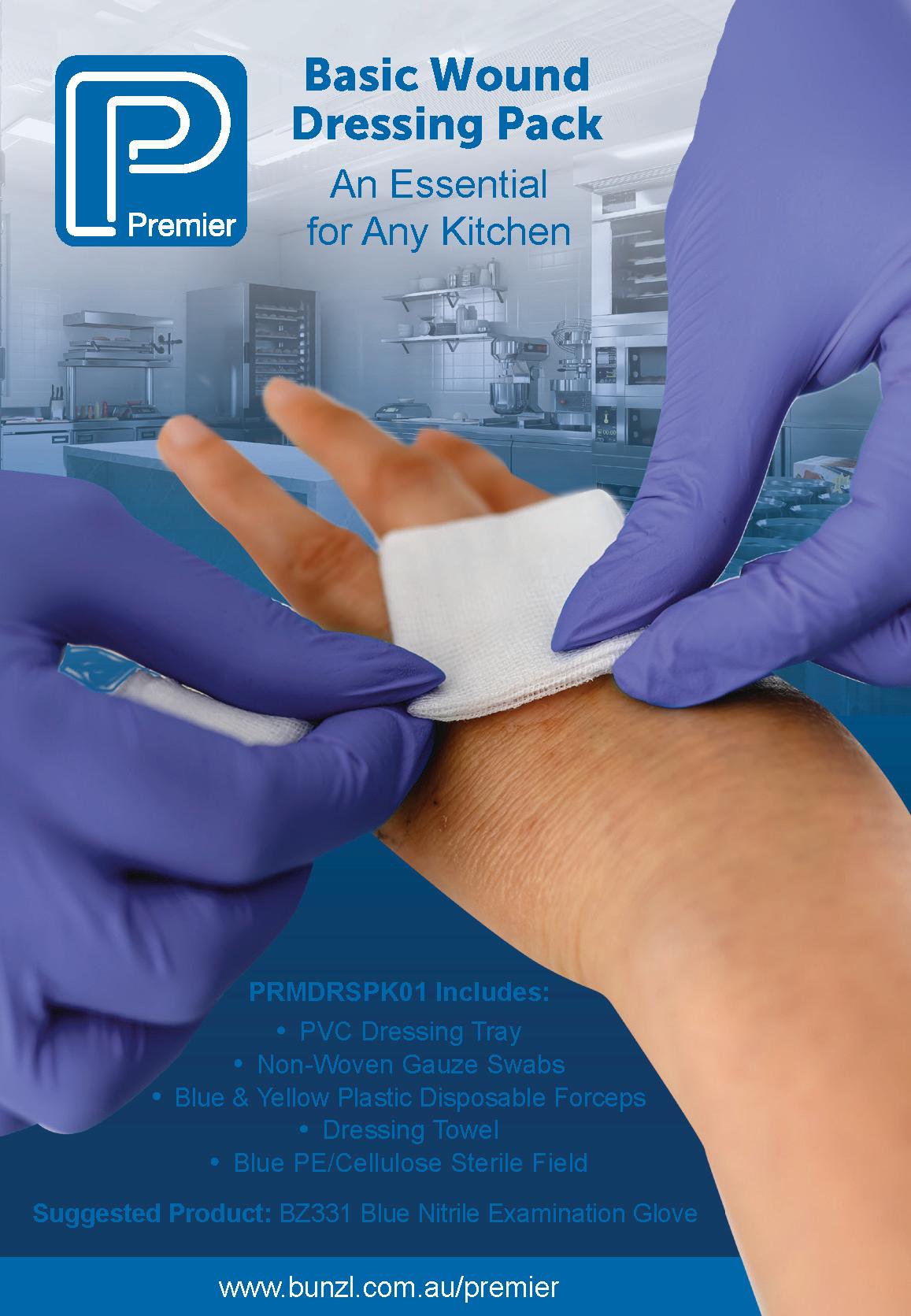
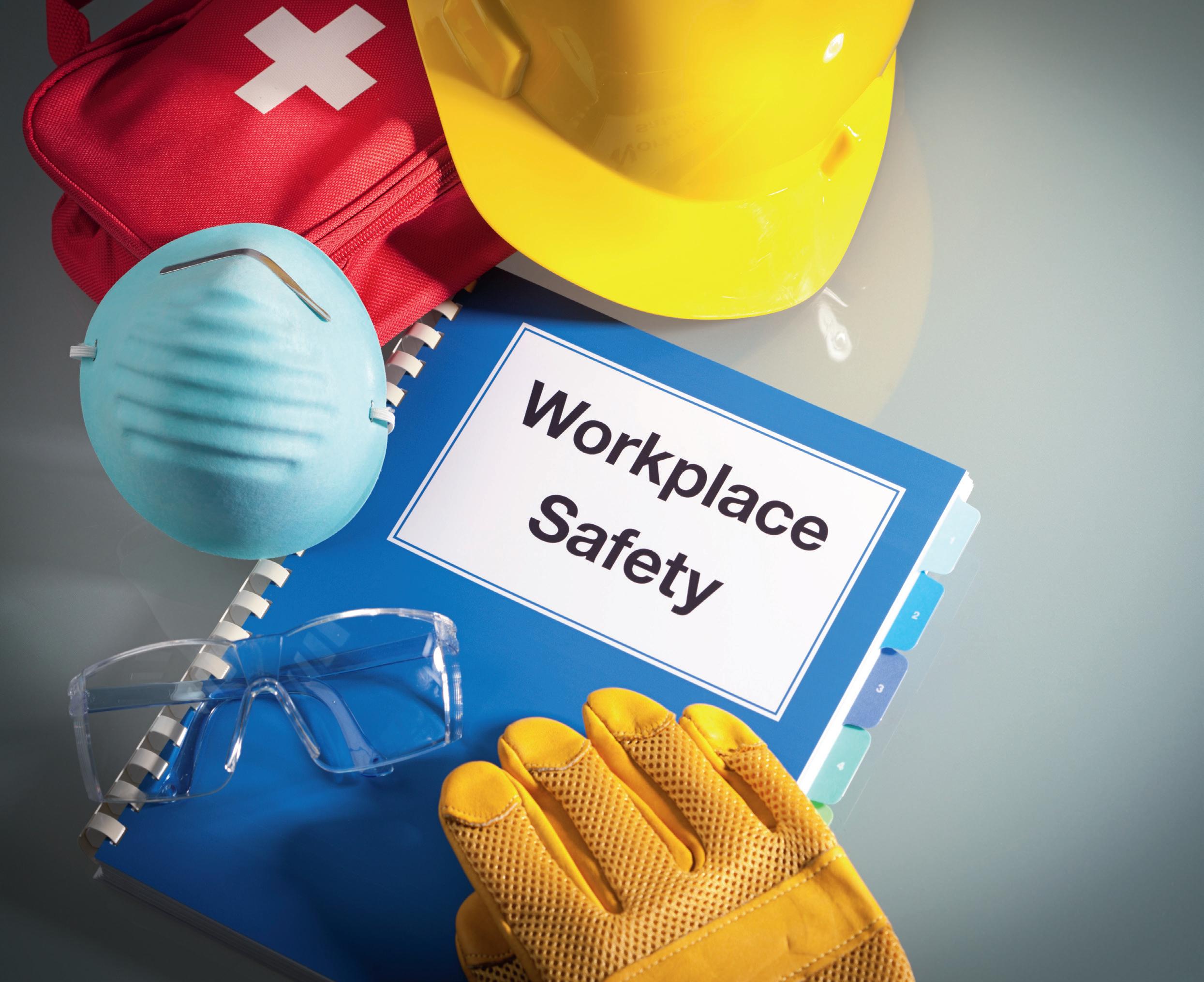
On-site First Aid Officers ensure injuries are treated quickly and correctly, preventing infection, accelerating recovery, and reducing the risk of unnecessary time off. It’s important for companies to understand that workplace safety isn’t just about compliance but also about credibility. Regulations across Australia and New Zealand require businesses to provide adequate firstaid training and resources. The most forward-thinking businesses are integrating first aid into their broader safety strategies, ensuring teams have both the resources and the confidence to act fast when it matters.
“A well-trained First Aid Officer isn’t just there for serious emergencies,” says Barton. “They manage everyday injuries, keeping staff safe, helping the business reduce time lost to recovery, and fostering a culture of safety and responsibility.”
To view Premier’s dressing pack for handling and treatment of minor wounds and injuries, scan here.
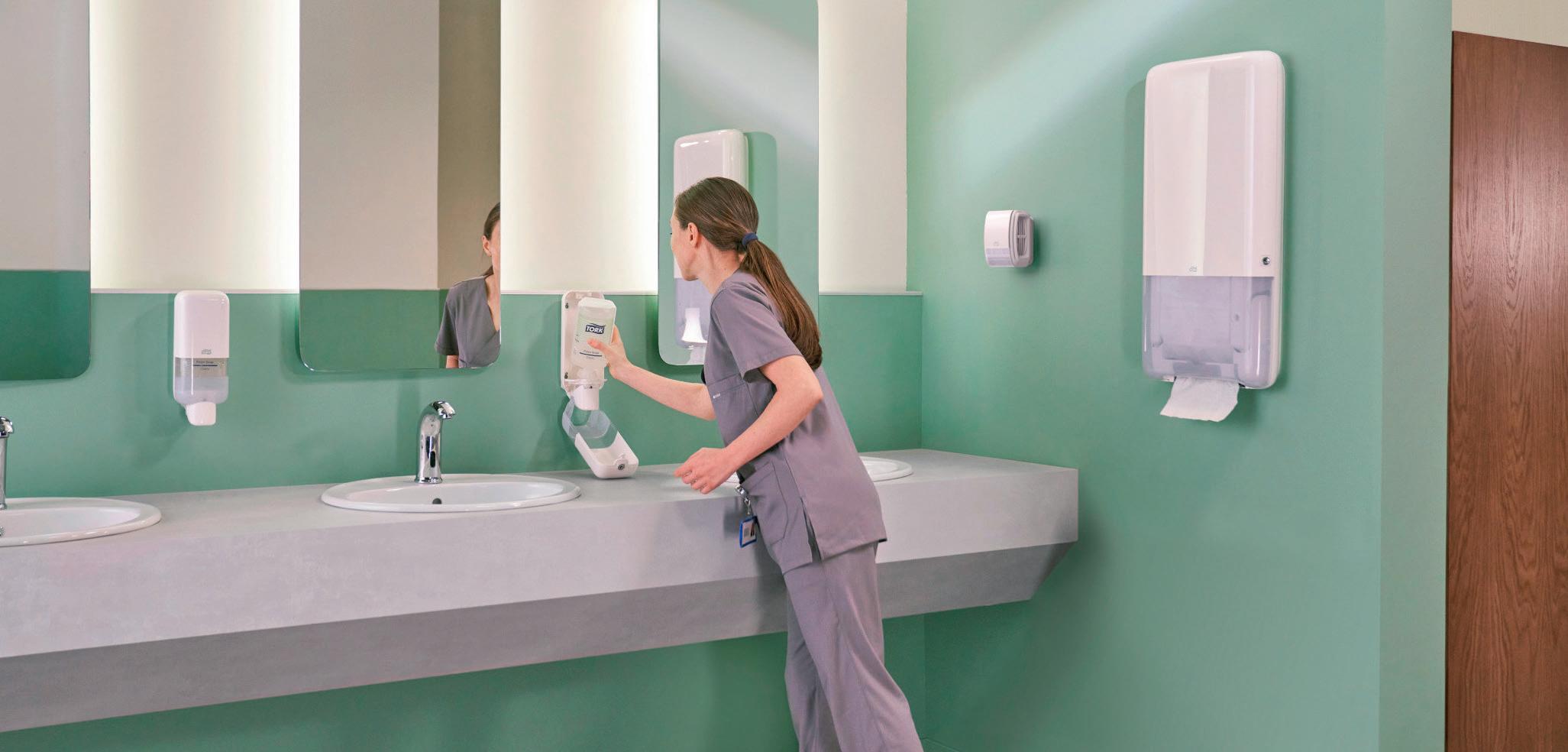
Tork total hygiene solution systems and practices make it easier for organisations to ensure compliant use, greater confidence for staff and greater safety for patients.
Effective hygiene is crucial in healthcare to prevent burnout and infection. Poor practices increase sick leave and compromise care. This article explores how smart, data-driven cleaning and strategic upgrades improve compliance and care quality.
Upgrading hygiene systems is essential due to reputational and financial risks of non-compliance, increased labor costs, and extended hospital stays from secondary infections. Up to 70% of all healthcare-acquired infections are preventable (1), and upgrading hygiene systems can help minimize this occurrence.
Does Your Hygiene Supplier Meet Your Needs?
A good supplier will ensure implementation does not disrupt staff or affect hygiene standards. Look for suppliers that:
• Conduct regular, consistent usage counts and audits.
• Check estimated need against the actual use.
• Measure compliance and foot traffic patterns.
• Ensure effective placement of hand hygiene materials.
• Offer hygiene education and product usage systems training to empower staff.
Data-driven thinking, advances in technology, outsourced services, and better product and packaging design can provide the solution. Tork Vision Cleaning harnesses the power of real-time data to identify when and where there are service needs in your facility. This helps you meet expectations by maximizing efficiency so that you can work smarter not harder. This system helps cleaning staff ensure dispensers are stocked up to 99% of the time.
Having the right systems to supply paper hand towels, soap, and sanitizer dispensers ensures medical staff and clinicians don’t need to compromise their hand hygiene. It also means:
• Medical staff save time, reducing frustration from seeking alternative hand hygiene stations.
• The ready supply of paper towels, soap, and sanitizers provides confidence for doctors, nurses, and
carers, minimizing the spread of HAIs.
• Reduced conflict between staff and cleaners when runouts cause delays or compromise patient care.
• Less frustration for cleaners, maintenance managers, and administration personnel from unscheduled visits to top up supplies.
Advances in product design have led to hand towels and soap products that take up less storage room while still providing effective hygiene solutions. The Tork PeakServe high-capacity hand towel dispenser cuts refilling time in half, holds 2100 towels, and serves up to 600 more people between refills than traditional dispensers. Compressed refills take up 50% less space, allowing more room for other critical supplies like PPE.
Total hygiene solutions created from Tork hygiene products and systems make it easier for businesses to ensure compliant use, greater confidence for staff and greater safety for patients.

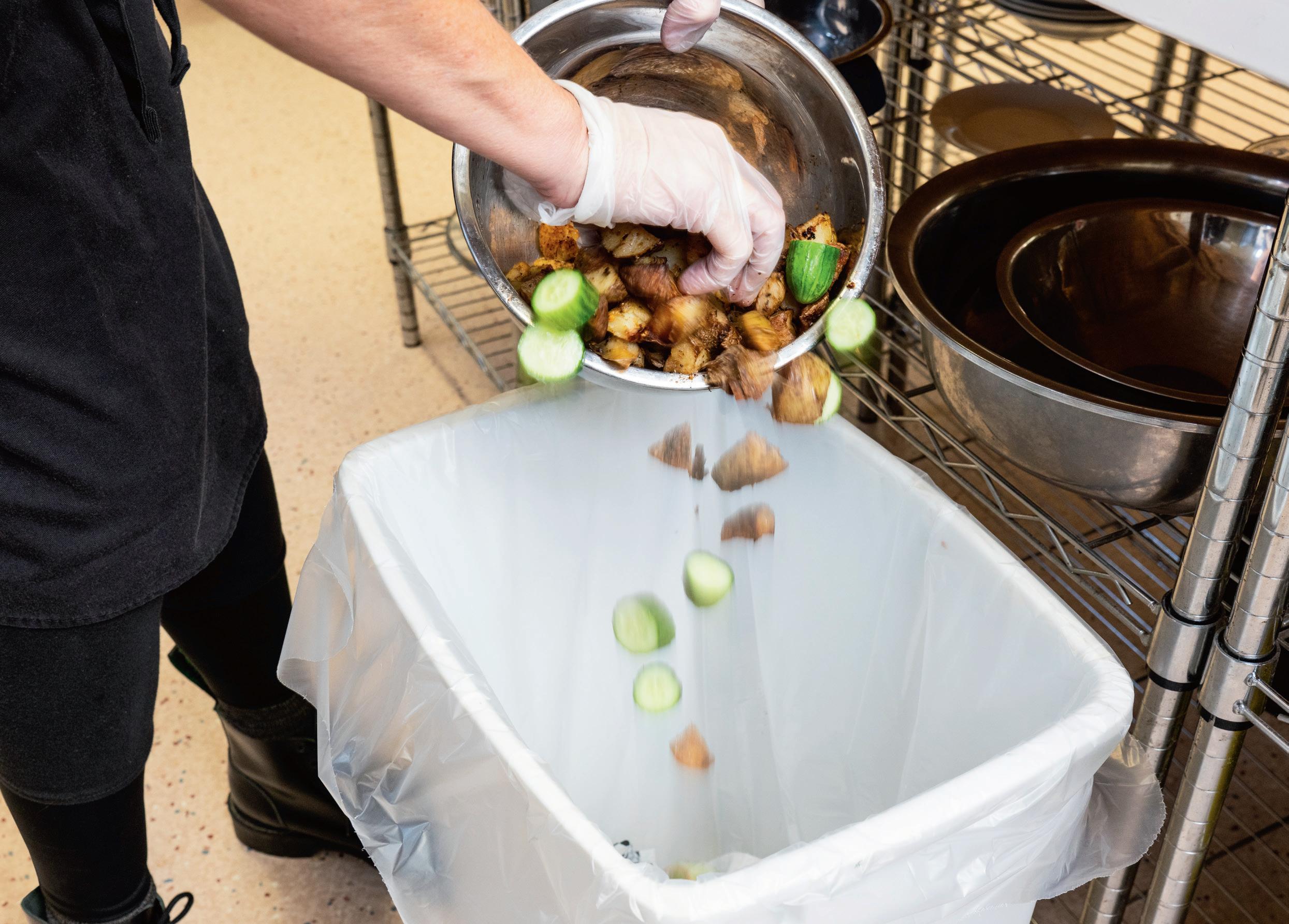
BUSINESSES CAN TURN ORGANIC WASTE INTO BLACK GOLD WITH COMPOSTABLE BIN LINERS.
For anyone who has ever turned organic waste into compost, it’s hard to go back. Seeing plant matter and food leftovers transformed into the rich, sweet-smelling resource that farmers and gardeners call “black gold” generally makes people swear never again to throw organic waste into landfill, where all it will do is produce the powerful greenhouse gas methane. However, for businesses, organic waste can offer logistical challenges. That waste needs to be managed in the right way if it is to be
processed sustainably. In many situations, compostable bin liners can be the missing piece of the puzzle.
Often made from plant-based materials, compostable bin liners are specifically designed to break down into compost within a defined time frame, whether in an industrial or home composting system. Whether a business is having its green waste collected by council or runs its own composting program, compostable bin liners can offer a neat, hygienic way of getting green waste to the compost heap, where
it can all be thrown in together – liner and all. “Compostable bin liners are designed to break down into natural compost within a defined timeframe, typically in industrial or home composting environments,” says Bunzl Australia and New Zealand’s Sustainability Manager, Nasim Aflatoon. “In contrast, a biodegradable bin liner may break down into smaller pieces over time, but not necessarily turn into compost or fully decompose.”
Aflatoon says it’s worth noting these distinct differences if you’re looking for a more sustainable alternative to virgin plastic.
“The term biodegradable doesn’t have any clear certifications or classifications, meaning that it can describe anything,” she explains.
“In contrast, compostability is a well-defined concept, backed by certifications such as AS4736 and AS5810 and BPI.”
Another key factor to consider is the environment and conditions in which you’ll be using these bin liners. Businesses should choose the right bin liner for their applications, Aflatoon says. Compostable bin liners are best for workplaces and industries that generate organic waste, such as food service establishments, hospitality venues (such as restaurants, hotels and commercial kitchens), agricultural environments, or office kitchens that want to compost their waste.
Aflatoon also explains that other alternatives are more suitable for general waste collection, where organic waste is not the main concern or waste stream. In this situation, businesses looking for a sustainable option can consider liners made from recycled content.
As businesses across Australia and New Zealand continue to look for ways to reduce the use of virgin materials, utilising products like compostable bin liners where appropriate is a simple way to stay on track. Scan here to see Kwikmaster’s range of plantbased compostable bin

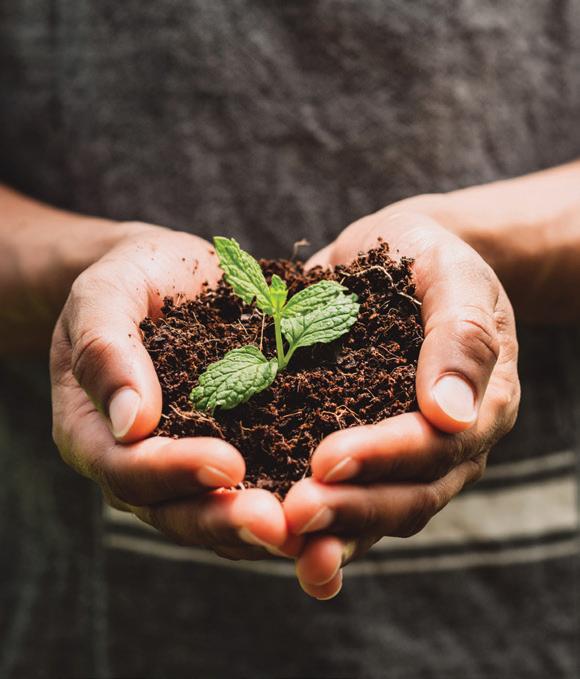

Margaret Reid’s experience across diverse industries informs her proactive, agile approach to procurement. She leads with a collaborative, people-first vision that delivers results in the aged care sector.
Margaret Reid’s commitment to her work as a leader in an organisation that touches the lives of thousands of older Australians is deeply rooted in her formative early experiences and her father’s advice that “people are your greatest asset”.
She’s now been General Manager, Strategic Procurement at Bolton Clarke for over twelve years, but Margaret’s journey into procurement wasn’t conventional. Originally set to become a teacher, a lack of opportunities led her to explore other paths, developing the project management, demand forecasting, and logistical expertise that would later inform her approach to procurement. But it was during her Bachelor of Education that she had an experience that would resonate throughout her career.

“As part of my Home Economics major, I had to participate in community work. I was placed with a group of older gentlemen to teach basic planning, shopping and cooking skills. We’d prepare a meal, share stories, and clean up together. It was such a humbling experience and a beautiful thing to participate in.”
The encounter left a lasting impression on Margaret, and one that would surface over the years, especially as she moved into the aged care sector.
Equally formative were the lessons she learned from her father, whose insights she still calls on during their regular conversations.
“My dad has been a huge influence on me. He was a very successful businessman, and I used to love sitting with him on a Sunday afternoon, pulling apart what
I was doing and how I could improve on it in the early part of my career.”
Two pieces of his advice in particular have shaped Margaret’s approach to leadership. “He taught me that people are your greatest asset, and that’s something I remind myself of every day. I lead my department, but I don’t assume that means I know everything. I don’t consider myself the final decision maker, but rather work collaboratively with my team. We all bring something to the table, and I make sure we peer review each other’s work and make decisions together.”
Another key principle that has guided her leadership comes from her father’s “pinch crunch” theory: “My father always said, deal with a problem as soon
“My father always said, deal with a problem as soon as it starts pinching. Don’t wait until it becomes unrecoverable.” It’s an idea that aligns strongly with Margaret’s commitment to risk mitigation and contingency planning.
as it starts pinching. Don’t wait until it becomes unrecoverable.” It’s an idea that aligns strongly with Margaret’s commitment to risk mitigation and contingency planning. “Increasing occurrences of floods, fires and cyclones mean what starts as a small pinch can escalate fast into a full-blown crunch. In procurement, you have to anticipate disruptions, have Plans B, C and D ready to go, and be agile and decisive.”
She counts strong supplier relationships as critical to this agility, and her diverse experience across quality assurance, vendor management, FMCG, and aged care gives her a unique perspective.
“I’ve lived in their shoes. I understand how warehouses run, how demand forecasting works, and the complexity behind it. It’s why I drive my suppliers mad, but also the foundation of our strong relationships – I’ve been there, and so I expect a lot from them.”
Procurement is a relentlessly challenging area to work in – on top of climate events come changing regulations, global conflict, and shifting market demands, all requiring constant attention and adaptability.
But looking ahead, Margaret is excited about the data-informed digital advances that will supercharge opportunities to drive efficiencies and have an even greater impact in the aged care sector. “I’ve found such personal satisfaction in being part of supporting the most vulnerable in our communities. It’s not just about the work but knowing that what we’re doing makes a real difference.”
QUICK-FIRE Q&A
Mark tells us about his role as a Sector Manager and how having a customer-centric core supports partners to deliver the best possible healthcare.

What do you appreciate the most about your position? Being given the support from the Bunzl leadership to develop the programs that help our healthcare partners focus on their core business of providing care. An example of our strong customer centric core is how we were able to support our healthcare customers during the recent cyclone (Alfred) that crossed the east coast, shutting down roads, transport and day-to-day operations of most businesses. As soon as it was safe to do so, Bunzl focussed on getting deliveries of critical items out to our customers at a time when their customers were most vulnerable. We are only able to do this with the dedication of our staff and support of our management.
What do you think is most important when it comes to your role?
In my current role, I serve two types of customers: external and internal. For my external customers, the most important aspect of my role is listening and truly understanding their challenges and strategic objectives. This allows me to align our efforts in a way that helps reduce those challenges and support them in achieving their goals. For my internal customers, I aim to make their day-to-day work more rewarding by sharing the knowledge I’ve gained over the years. I want to help them solve problems, identify opportunities for improvement and provide ongoing support and leadership. My goal is to help them reach their professional objectives and grow their capabilities so they can achieve their own career aspirations. What are you excited to see more of in the future when it comes to your industry?
Besides a continuous increase in government funding that will ensure all people in Australia and New Zealand can access high quality healthcare wherever and whenever they require it, I am excited to see more innovation in systems and products that support our healthcare providers to be able to focus on the care of residents and patients in their facilities.
